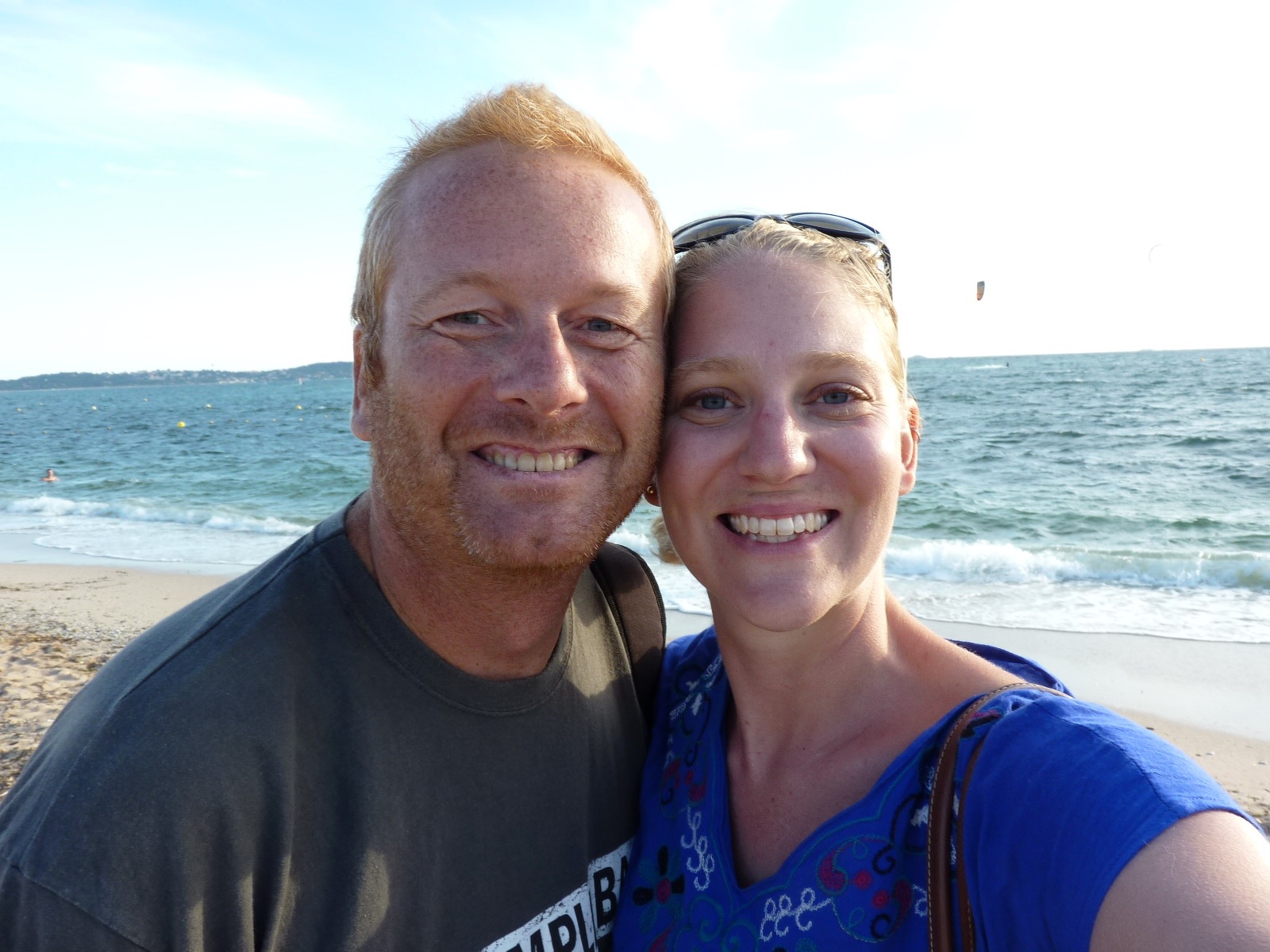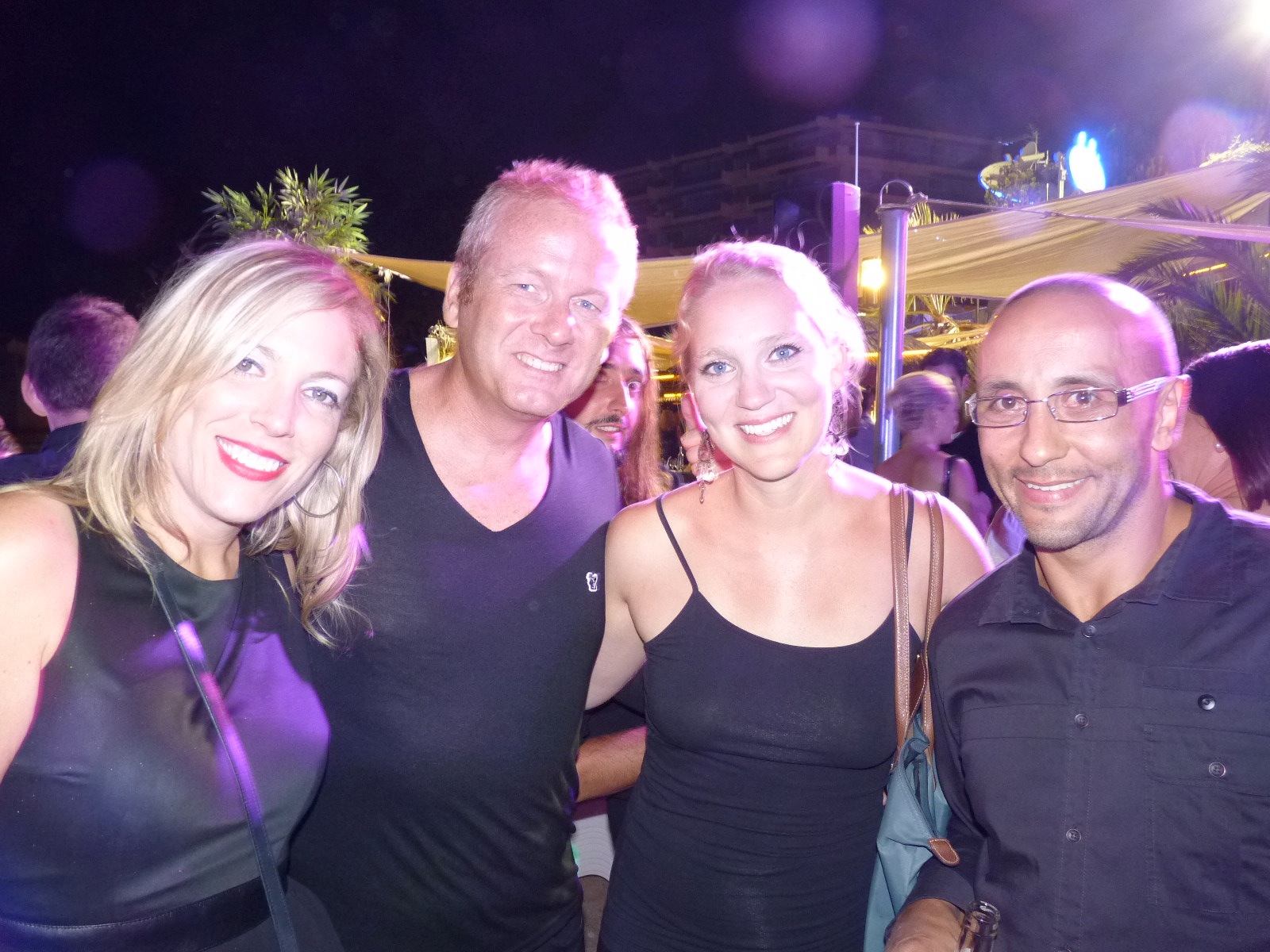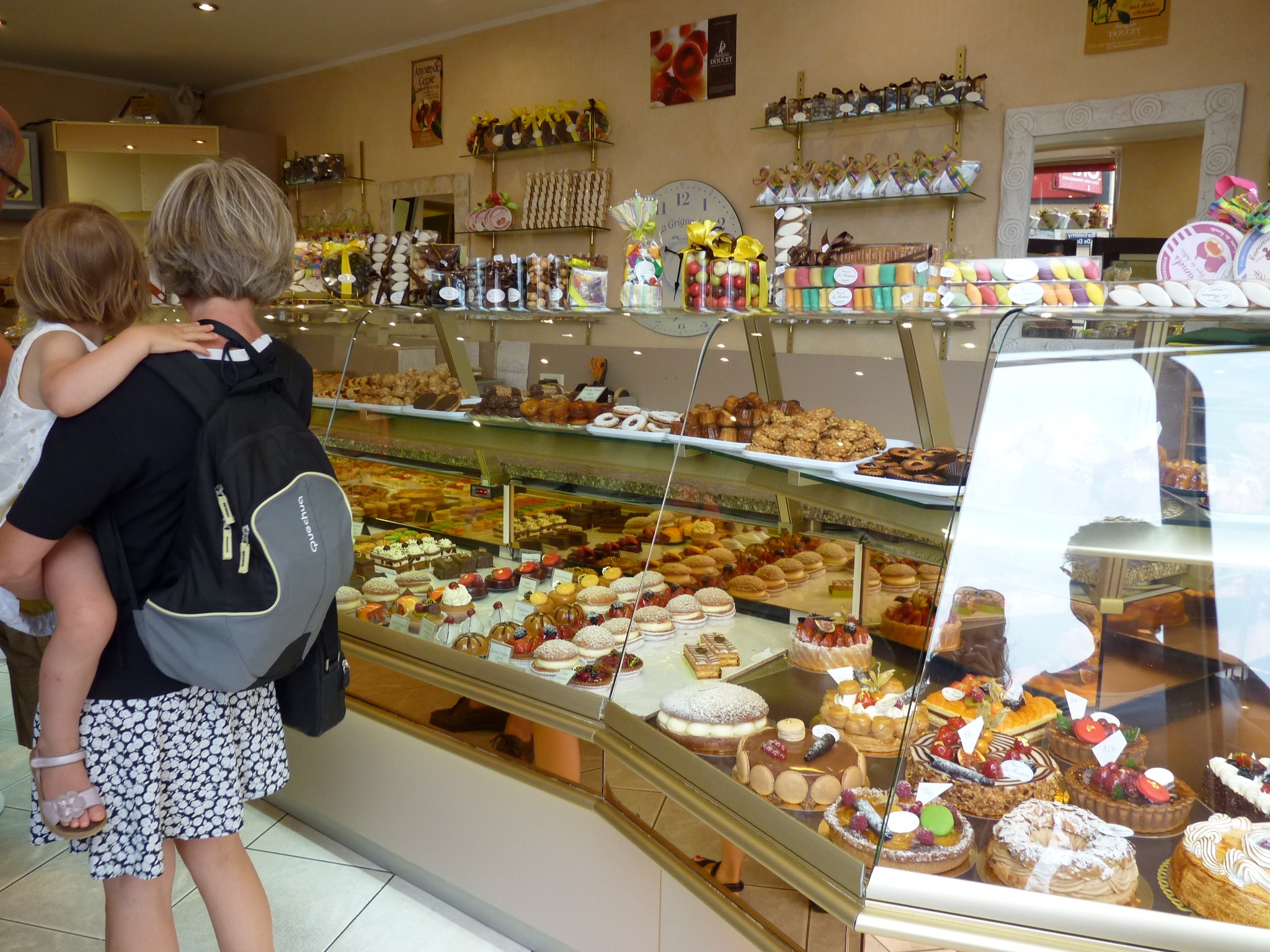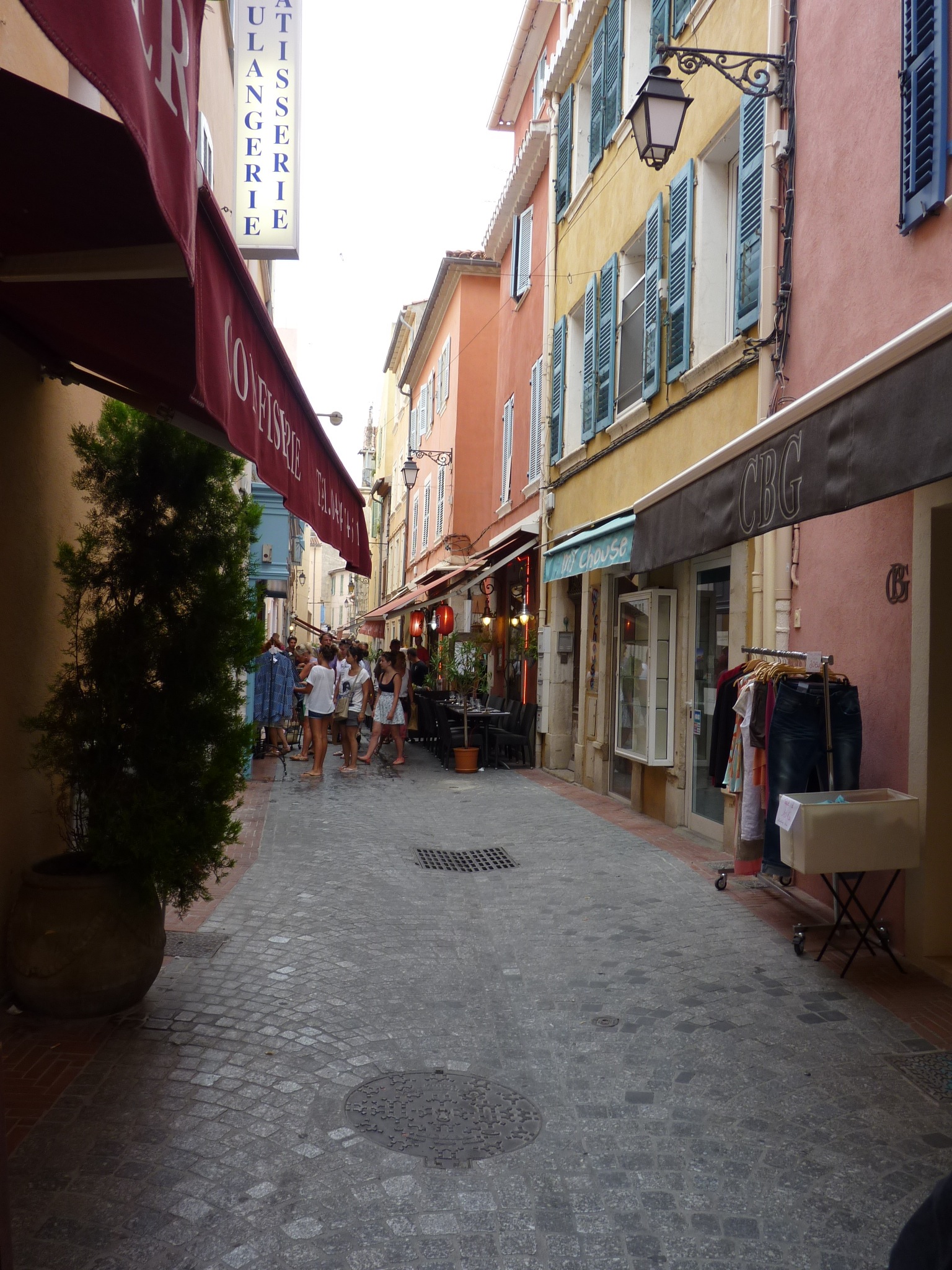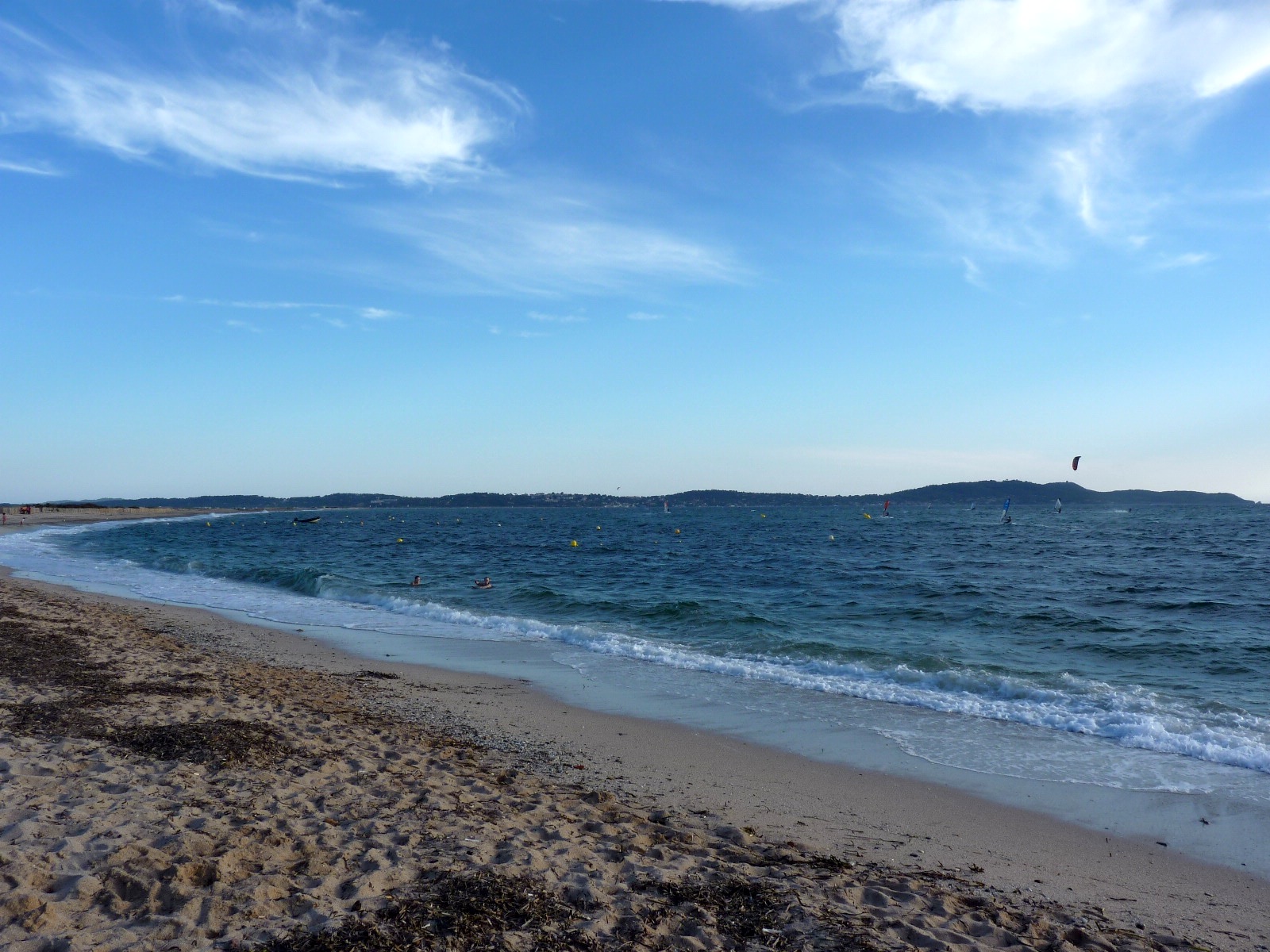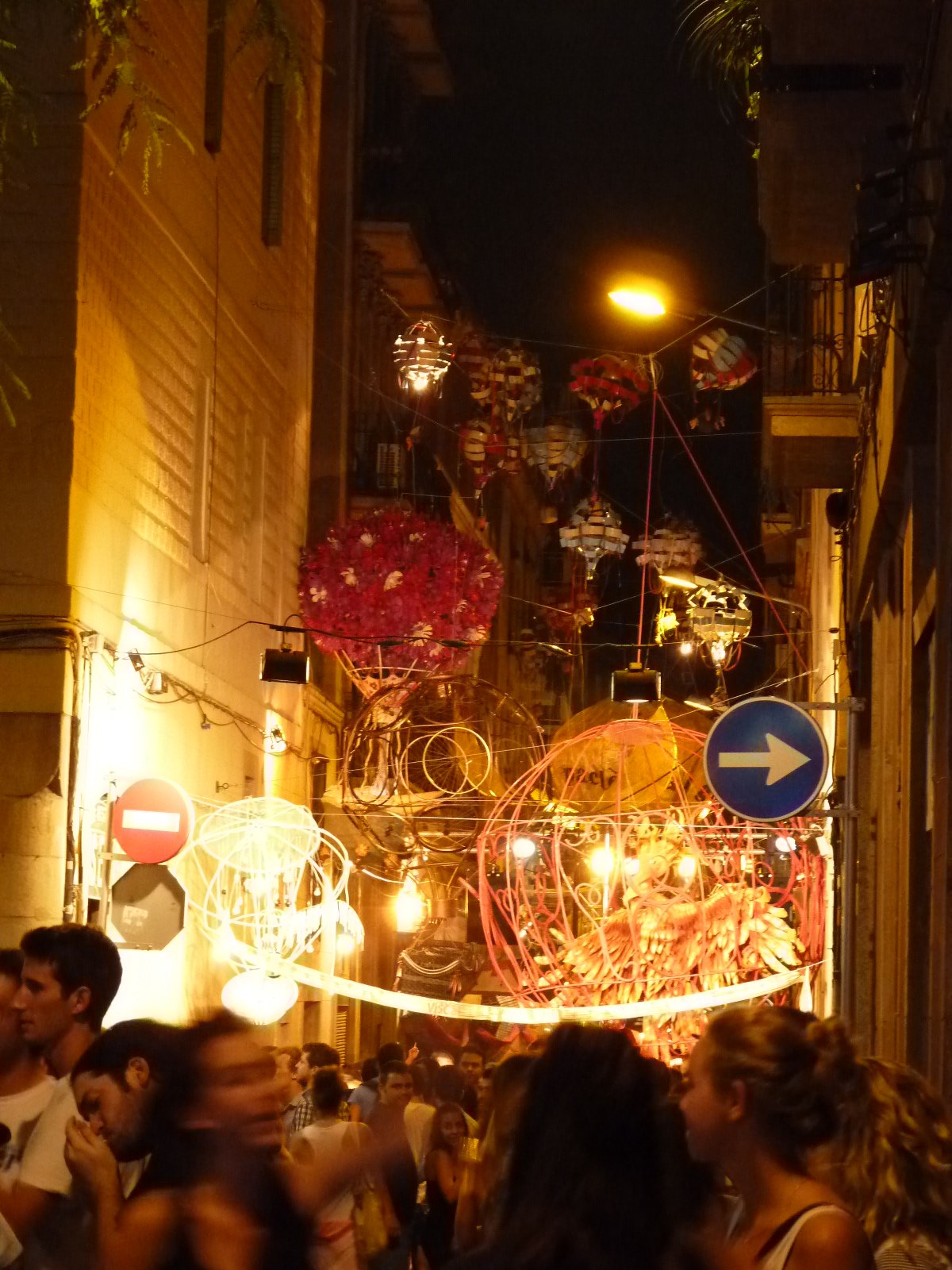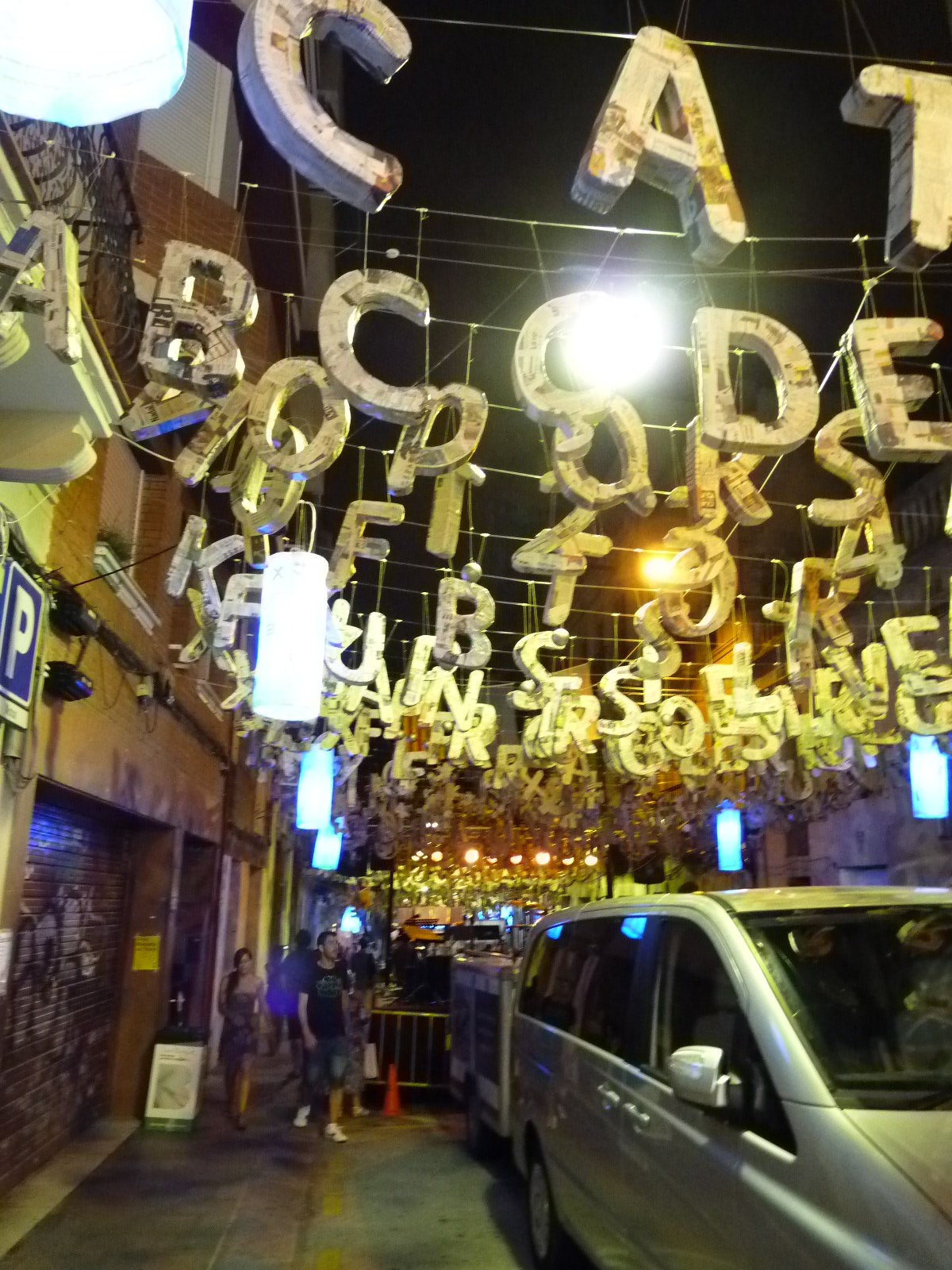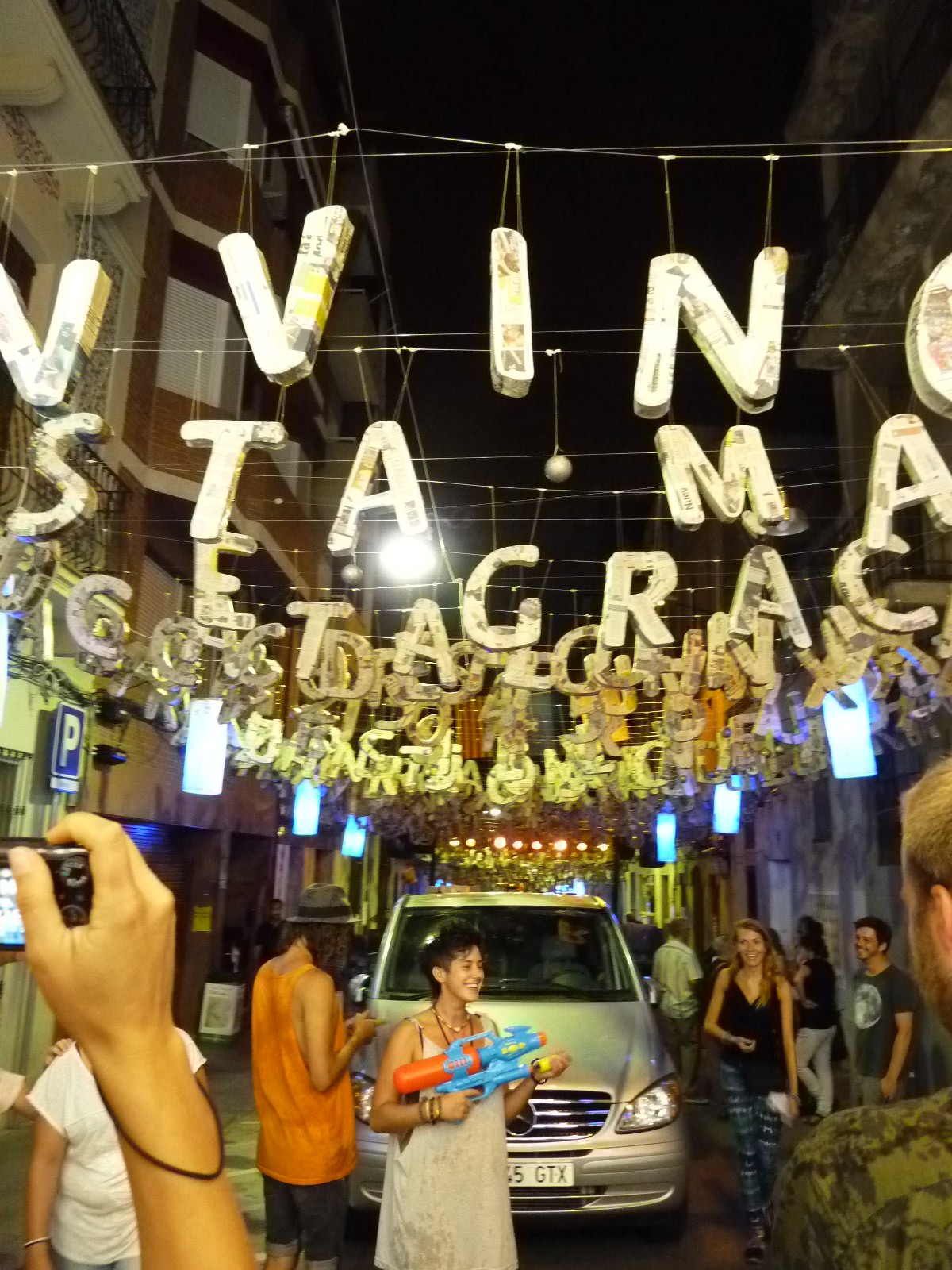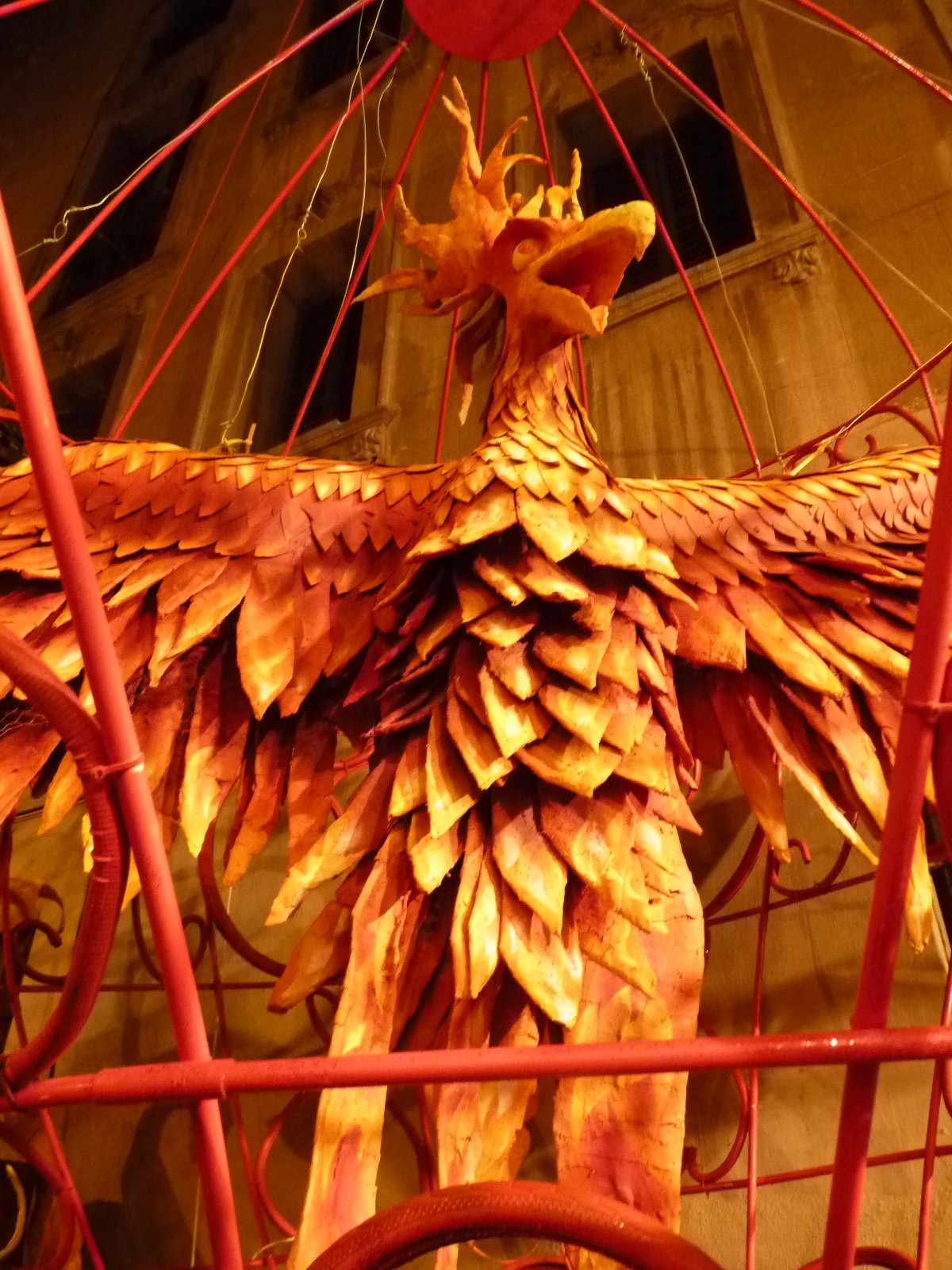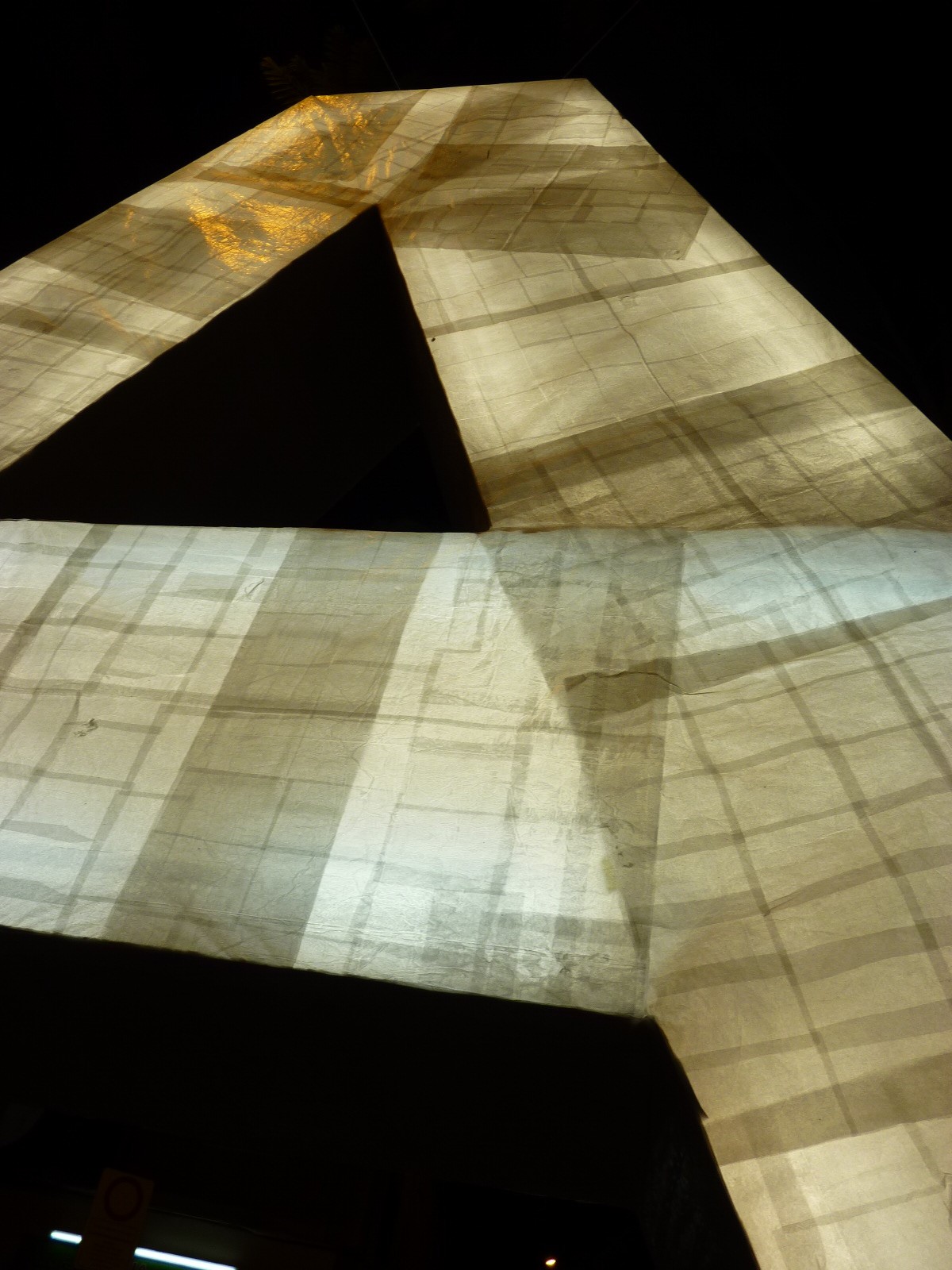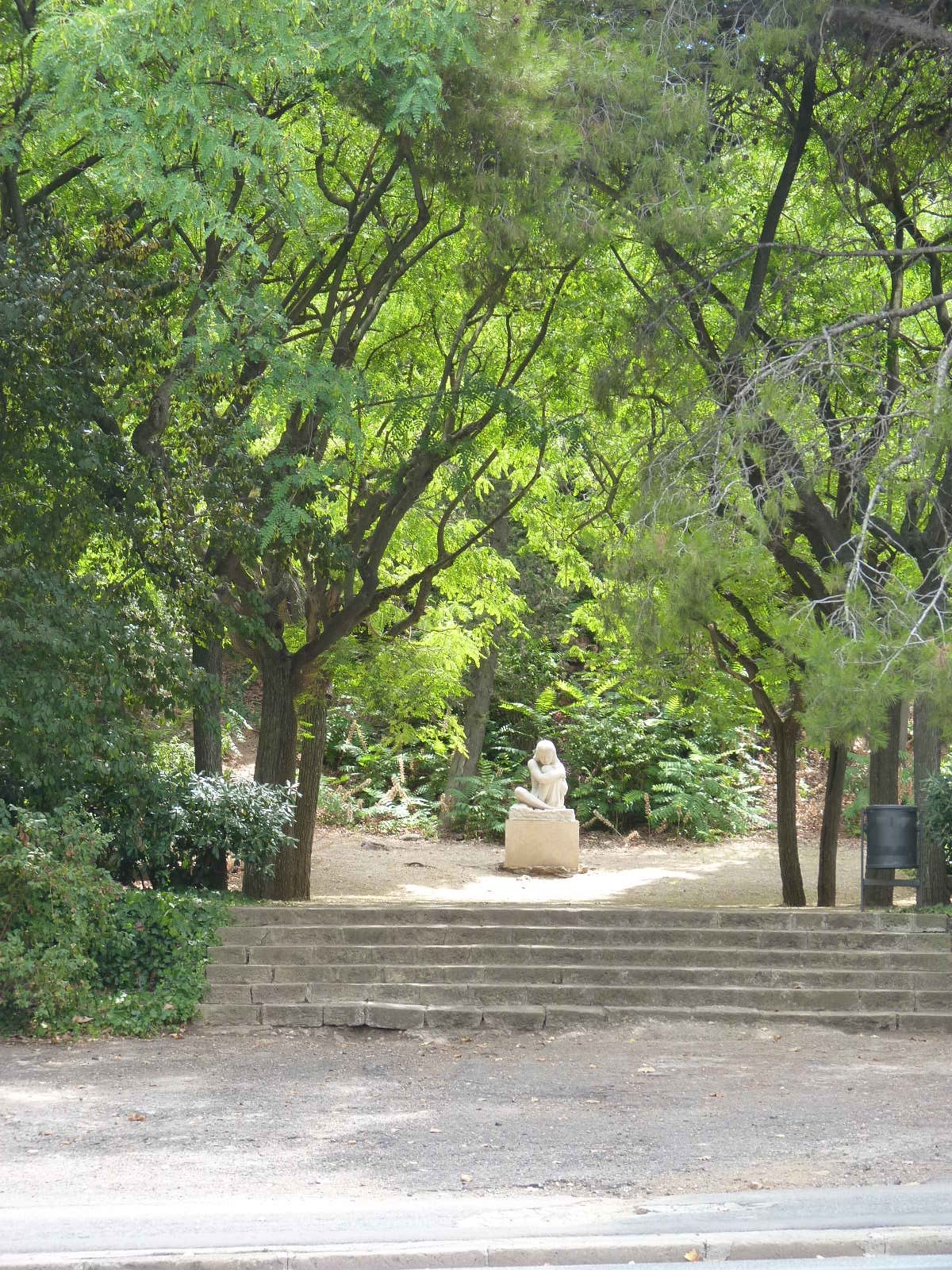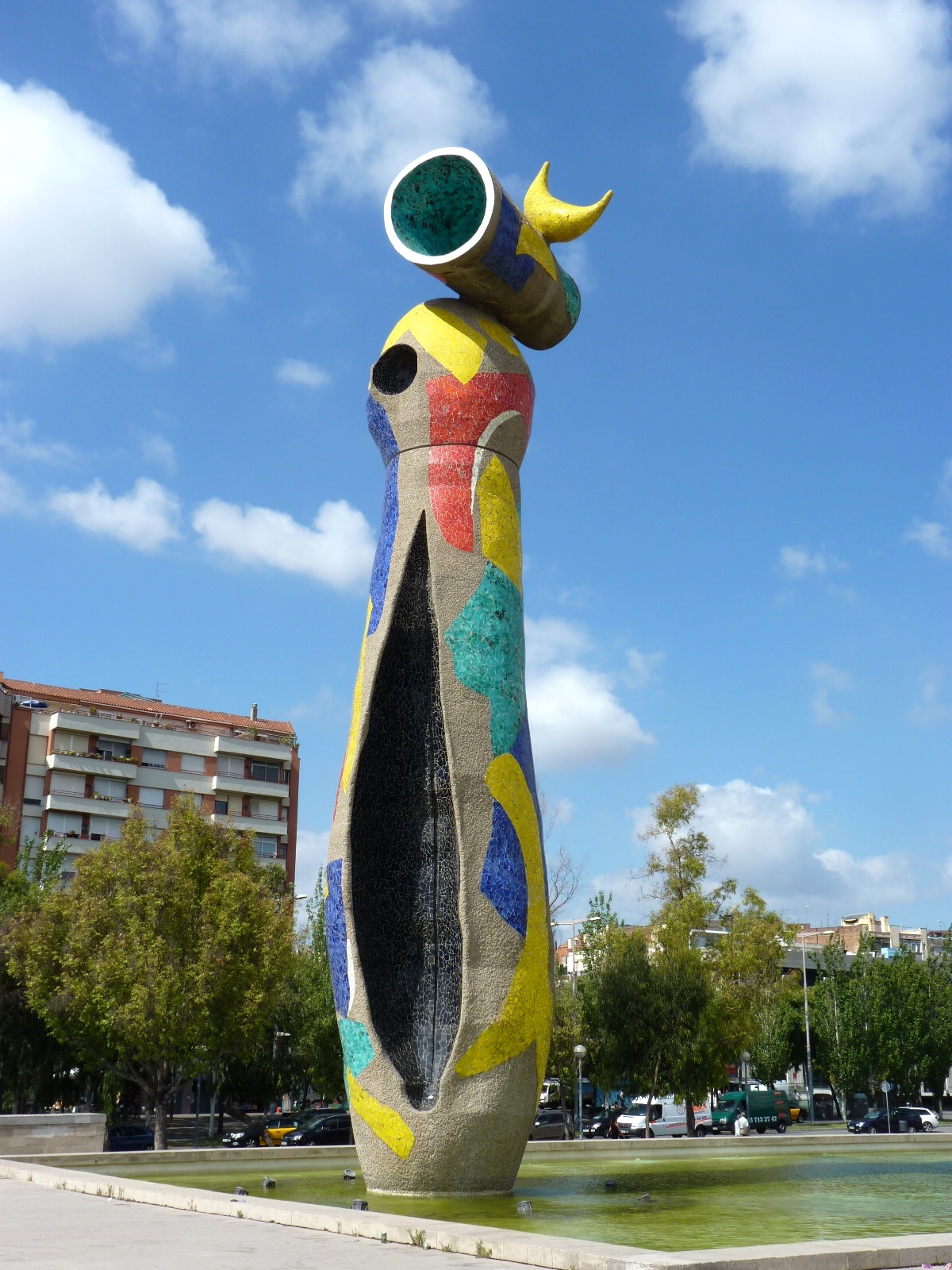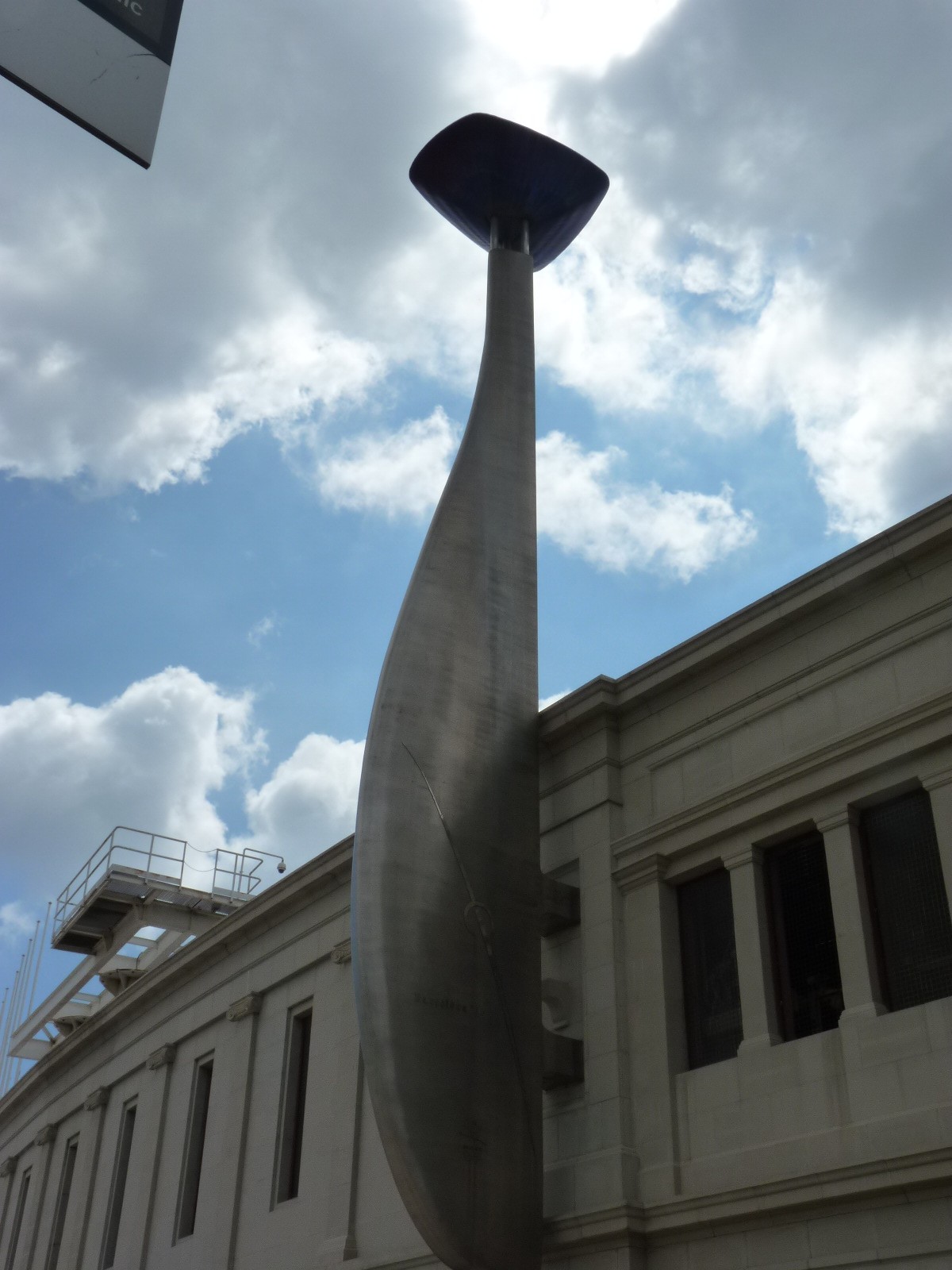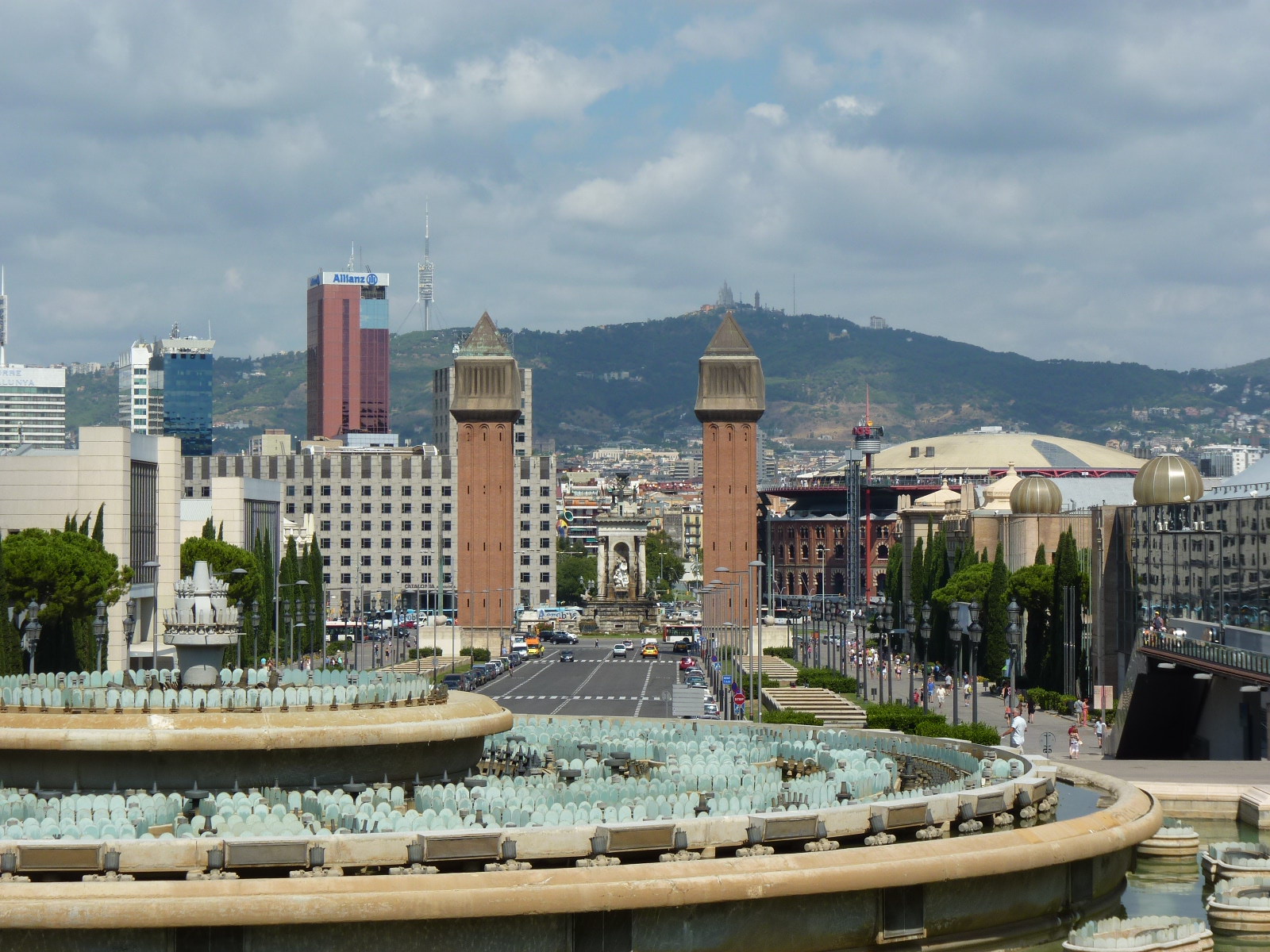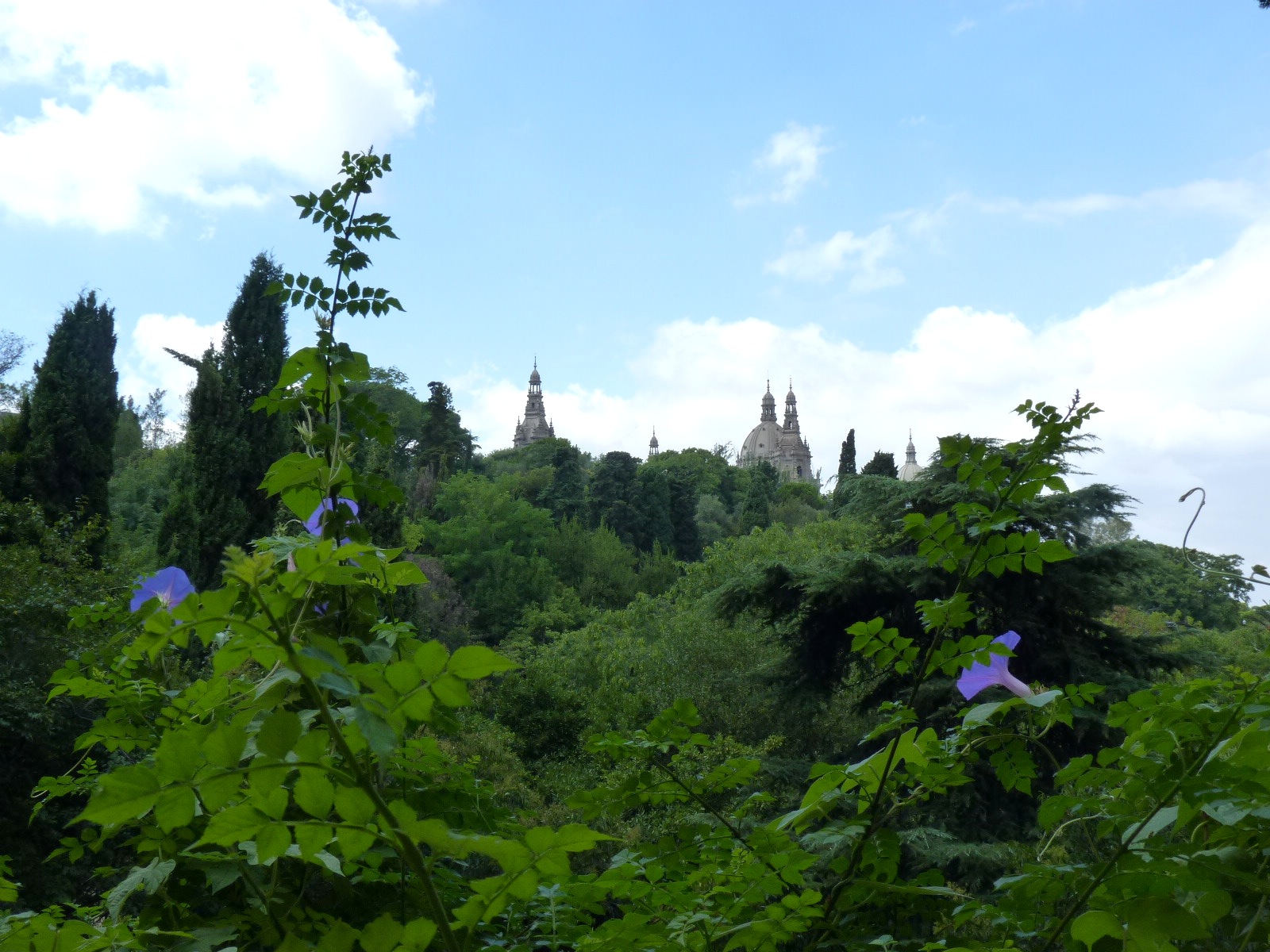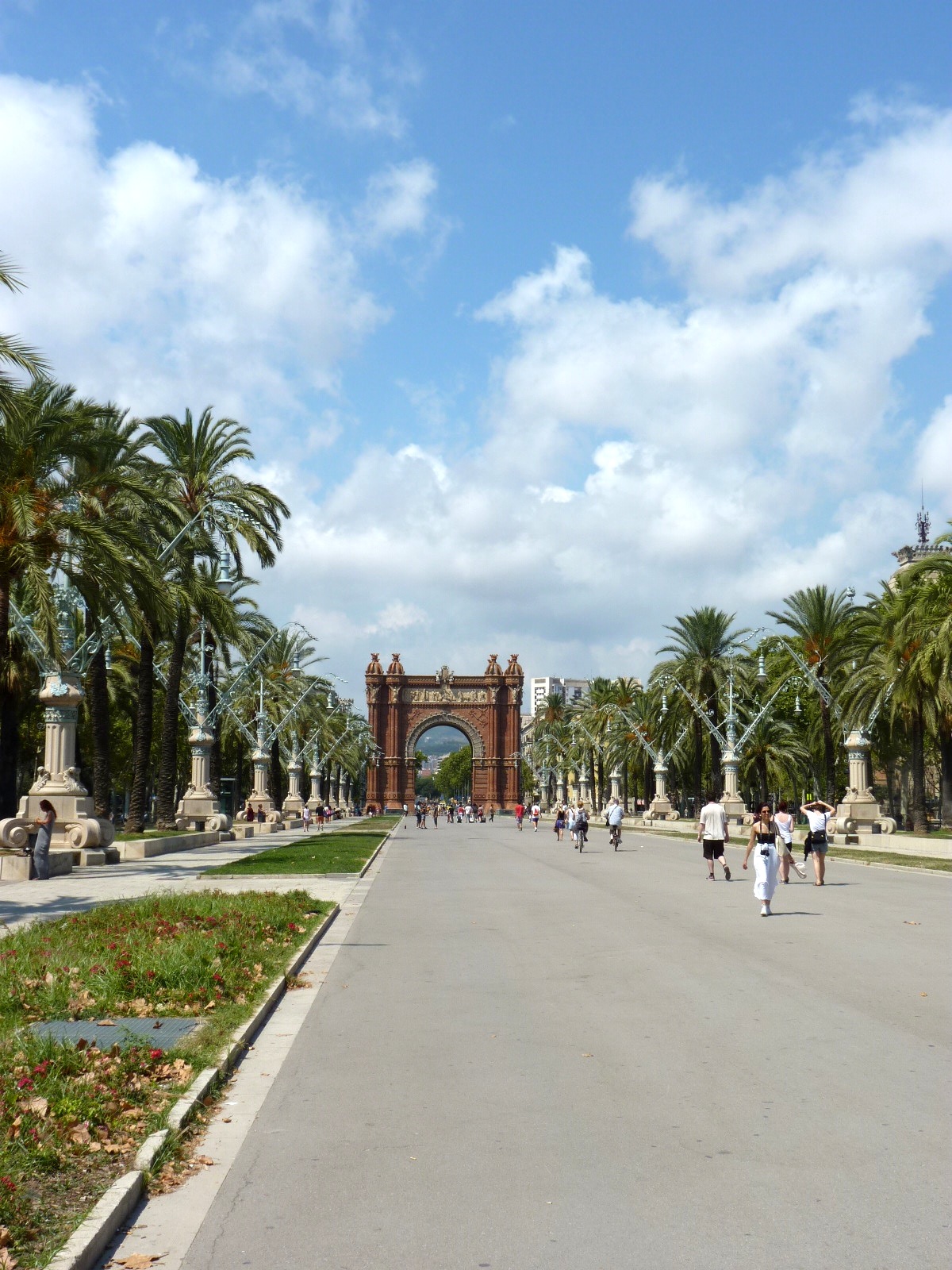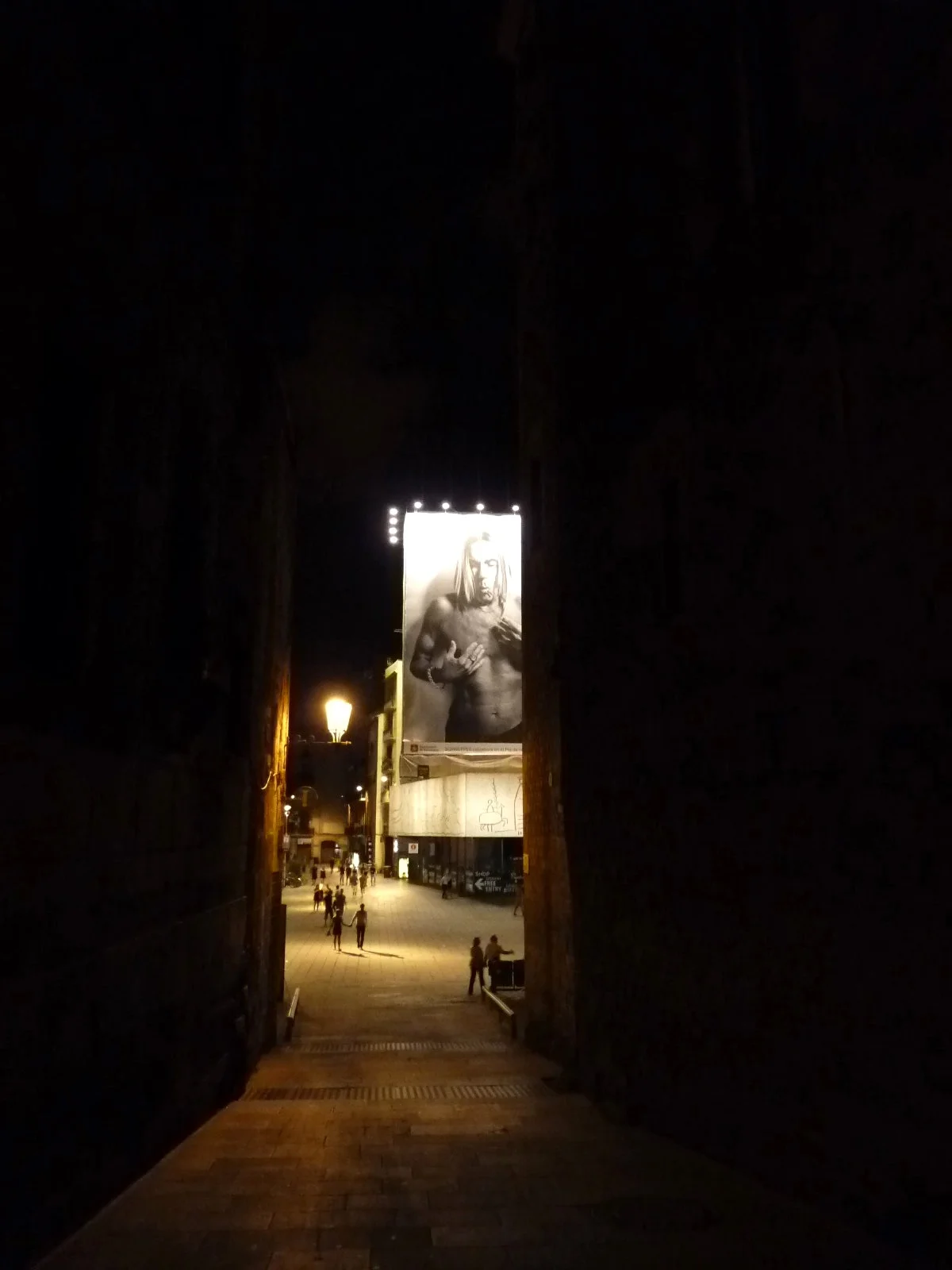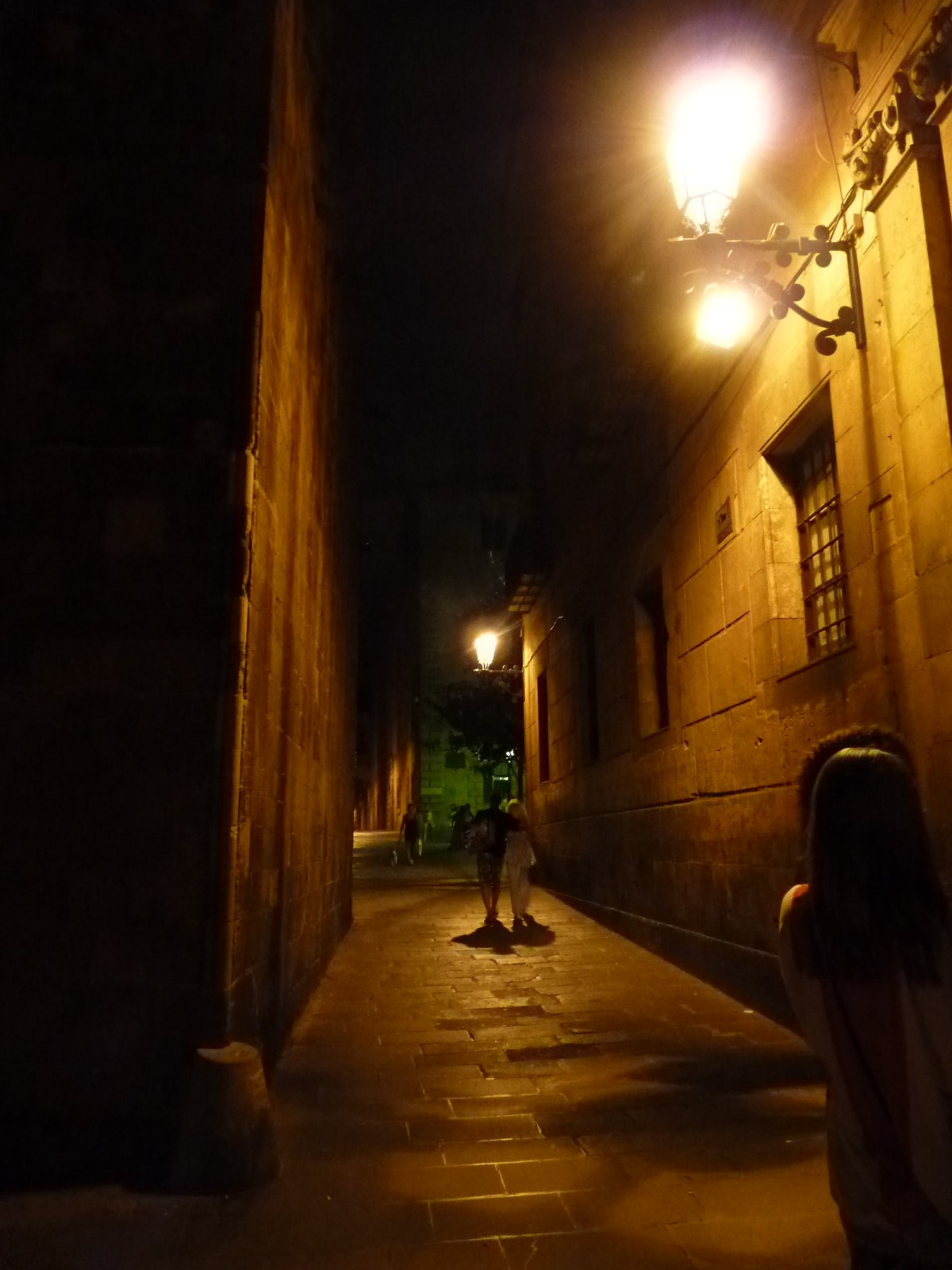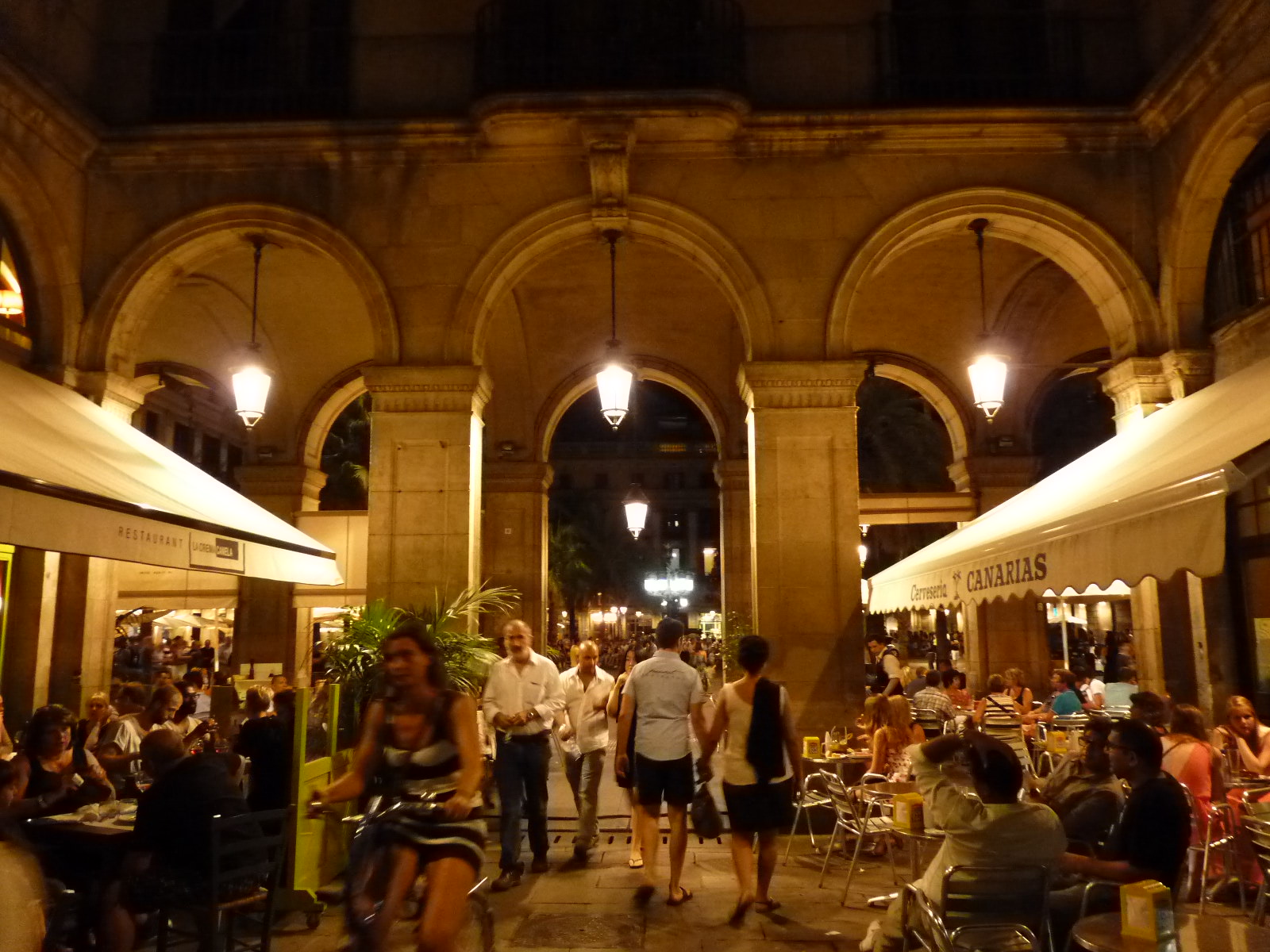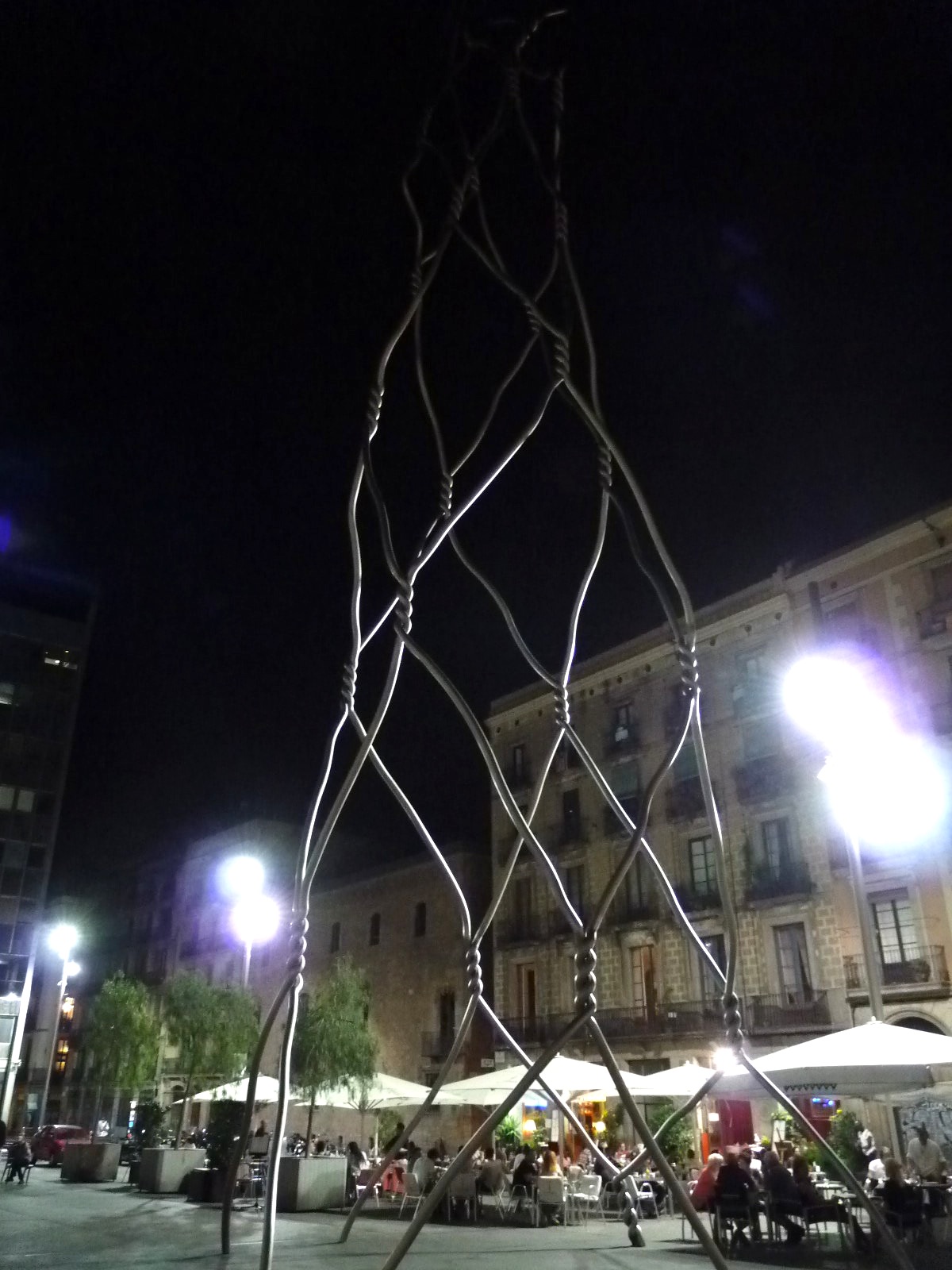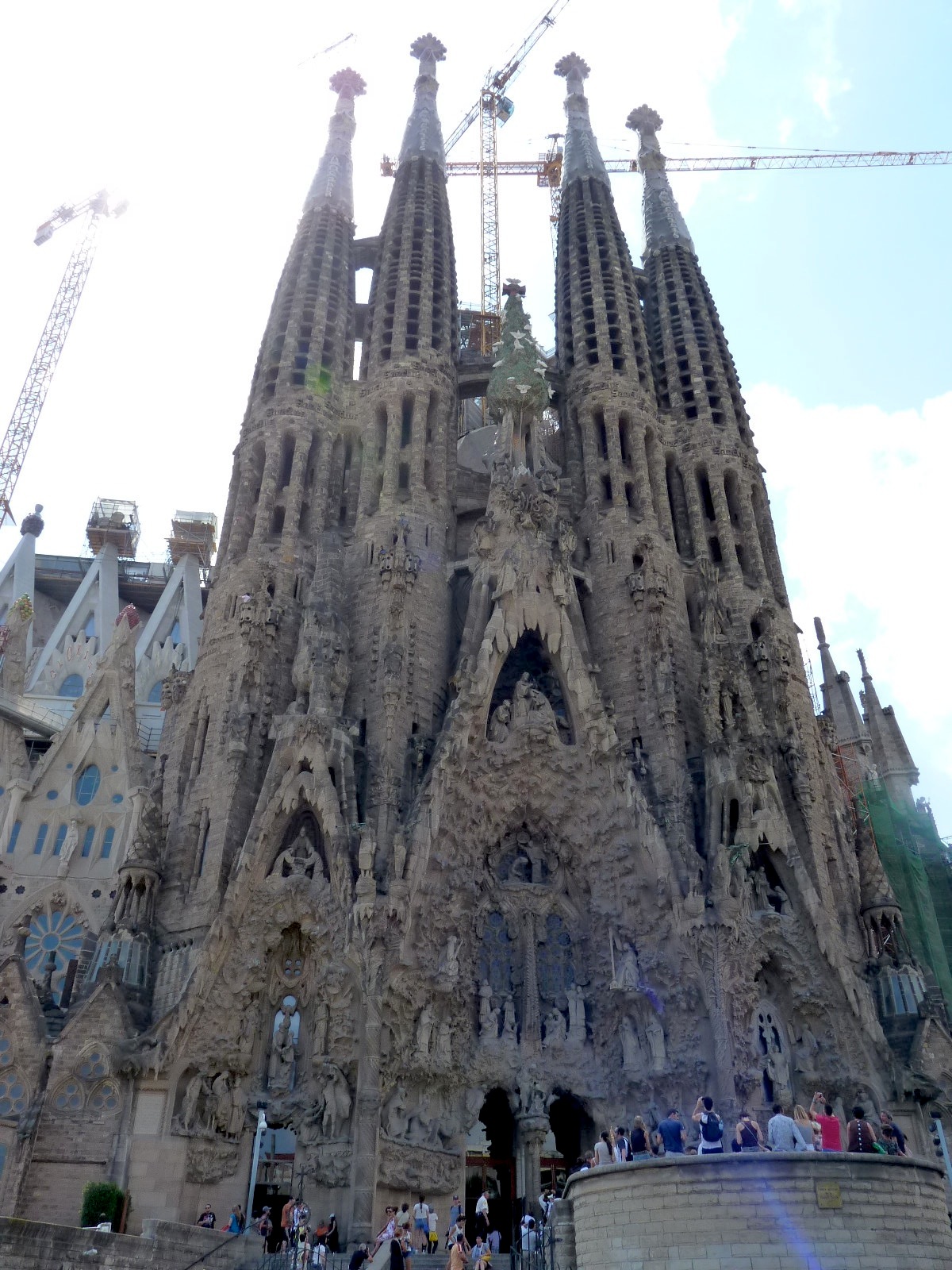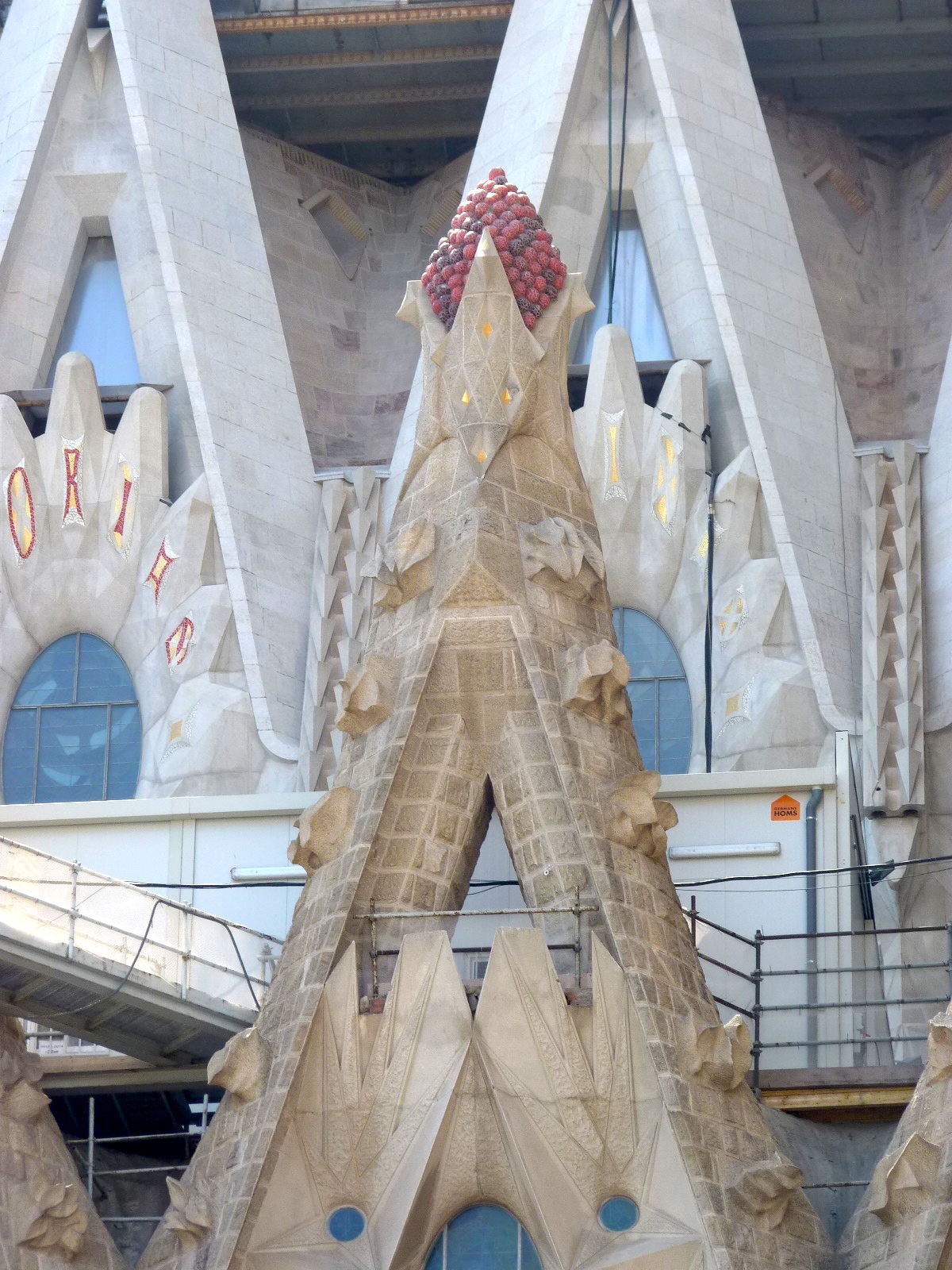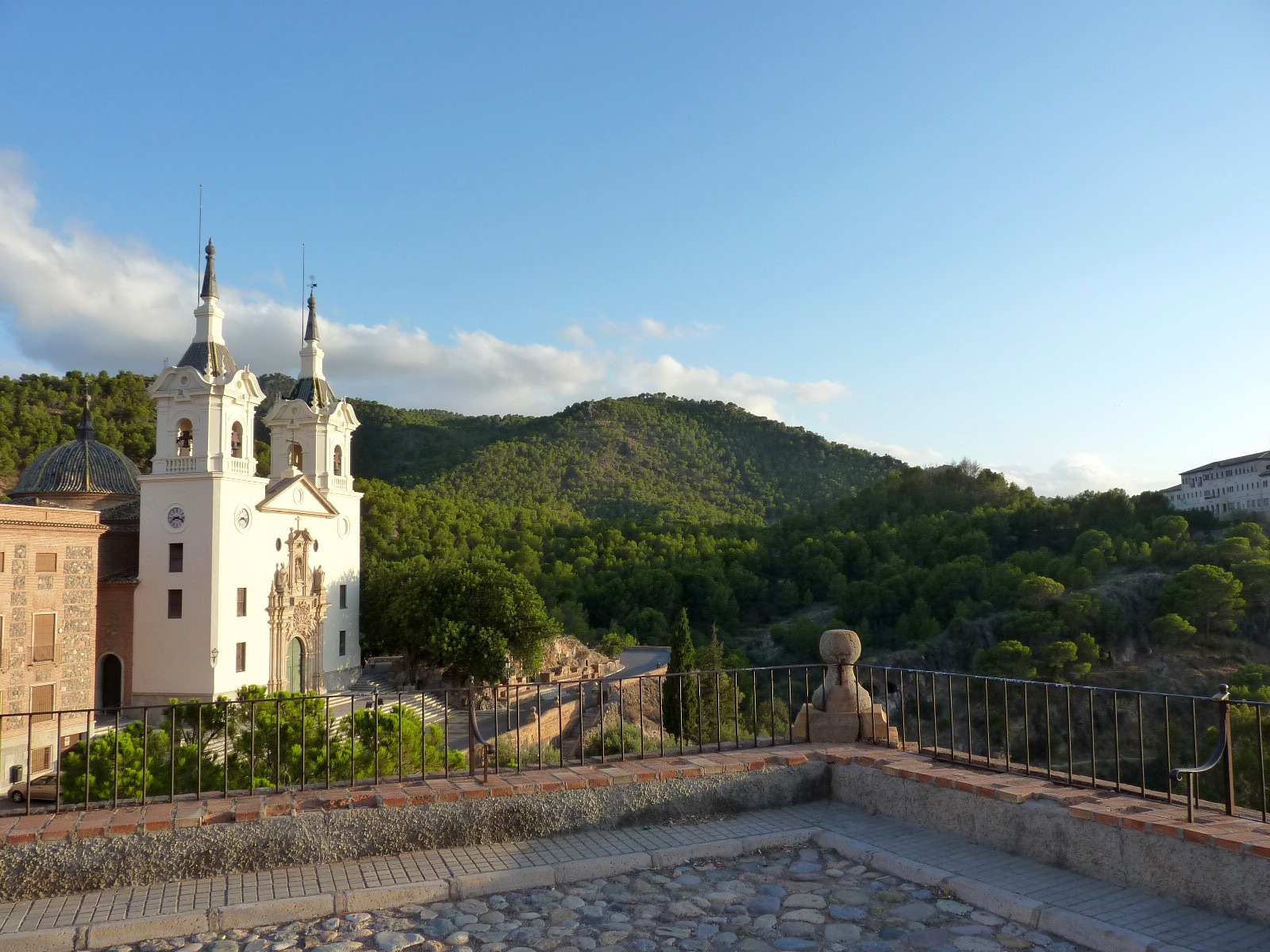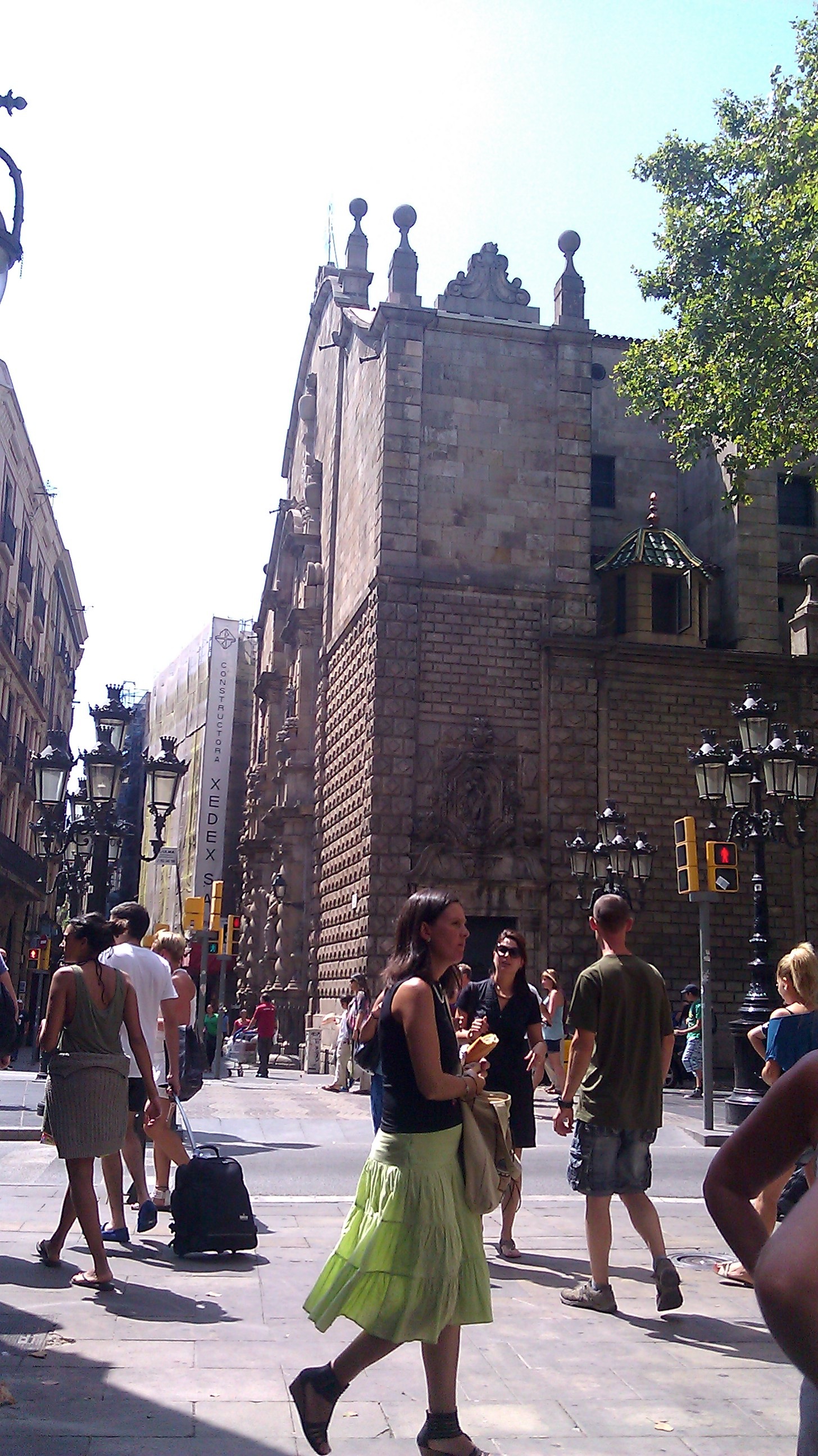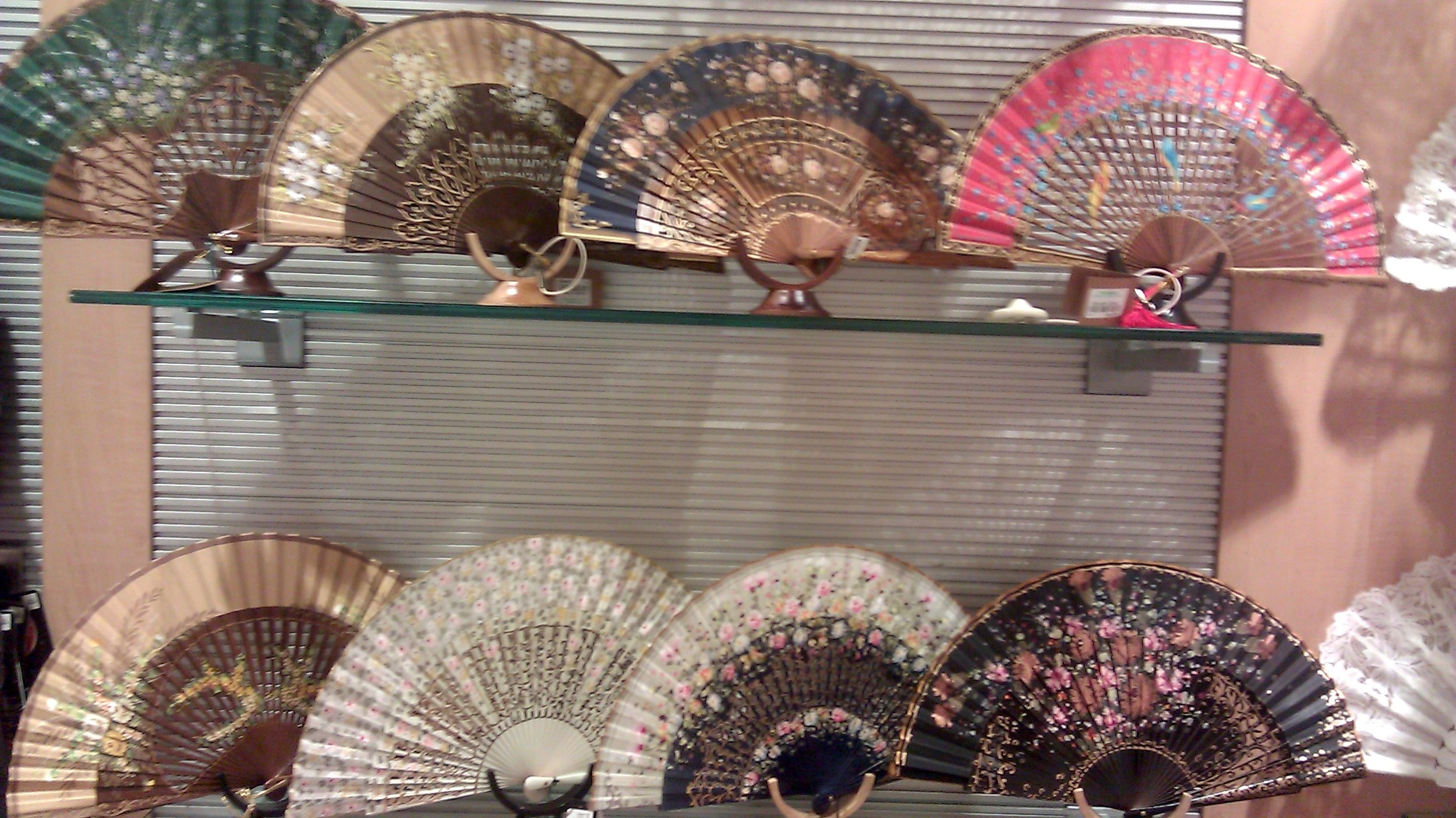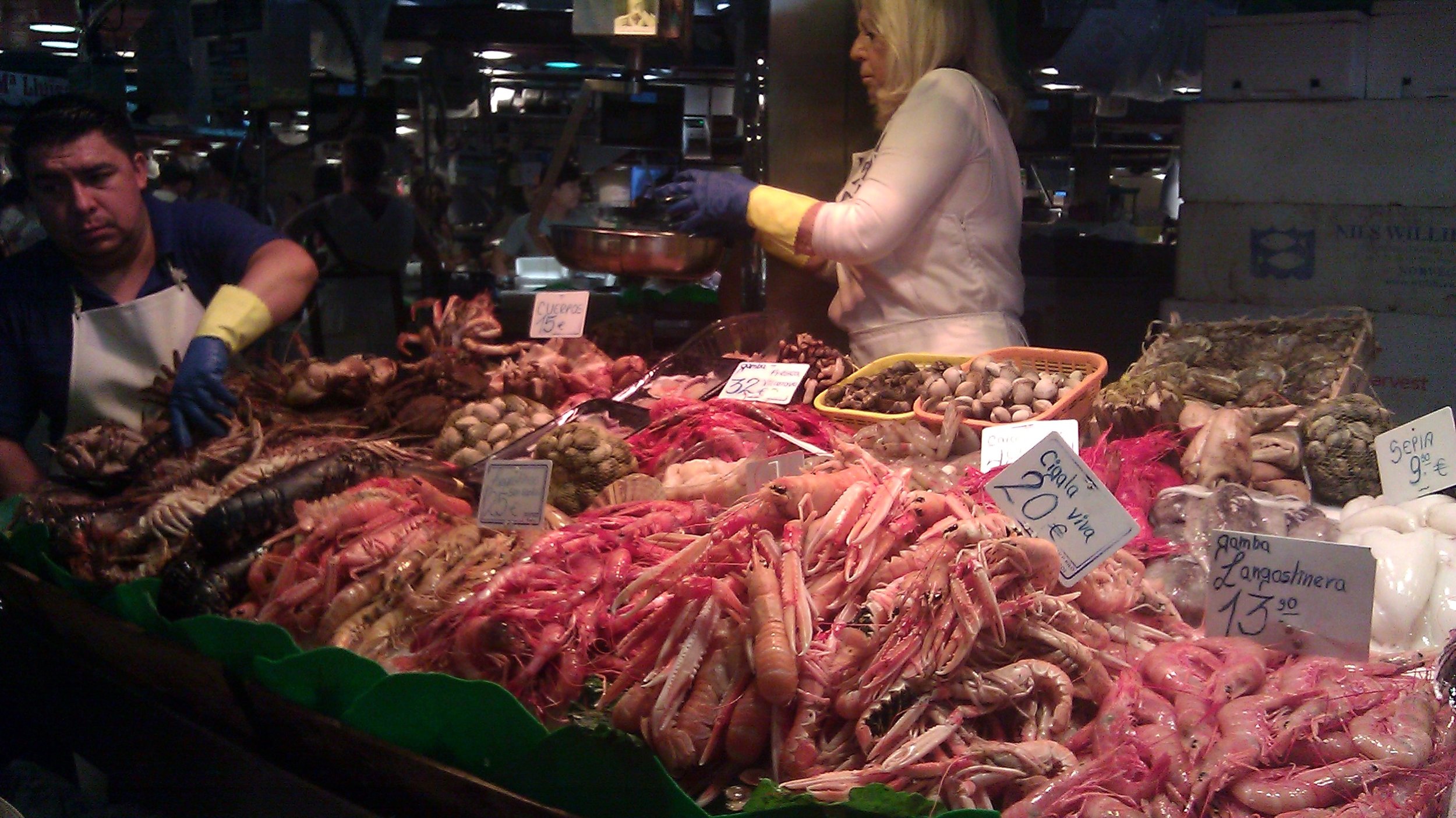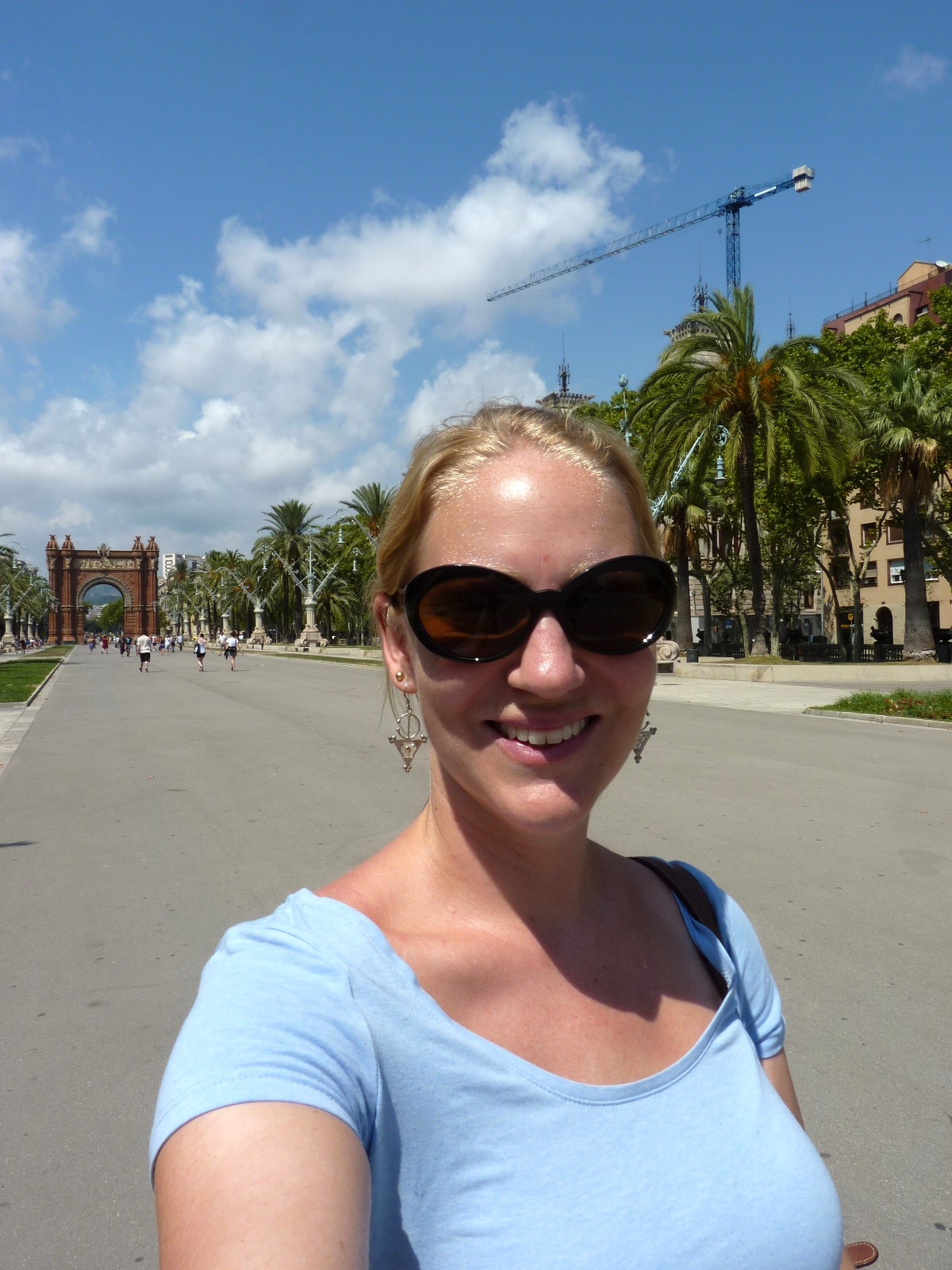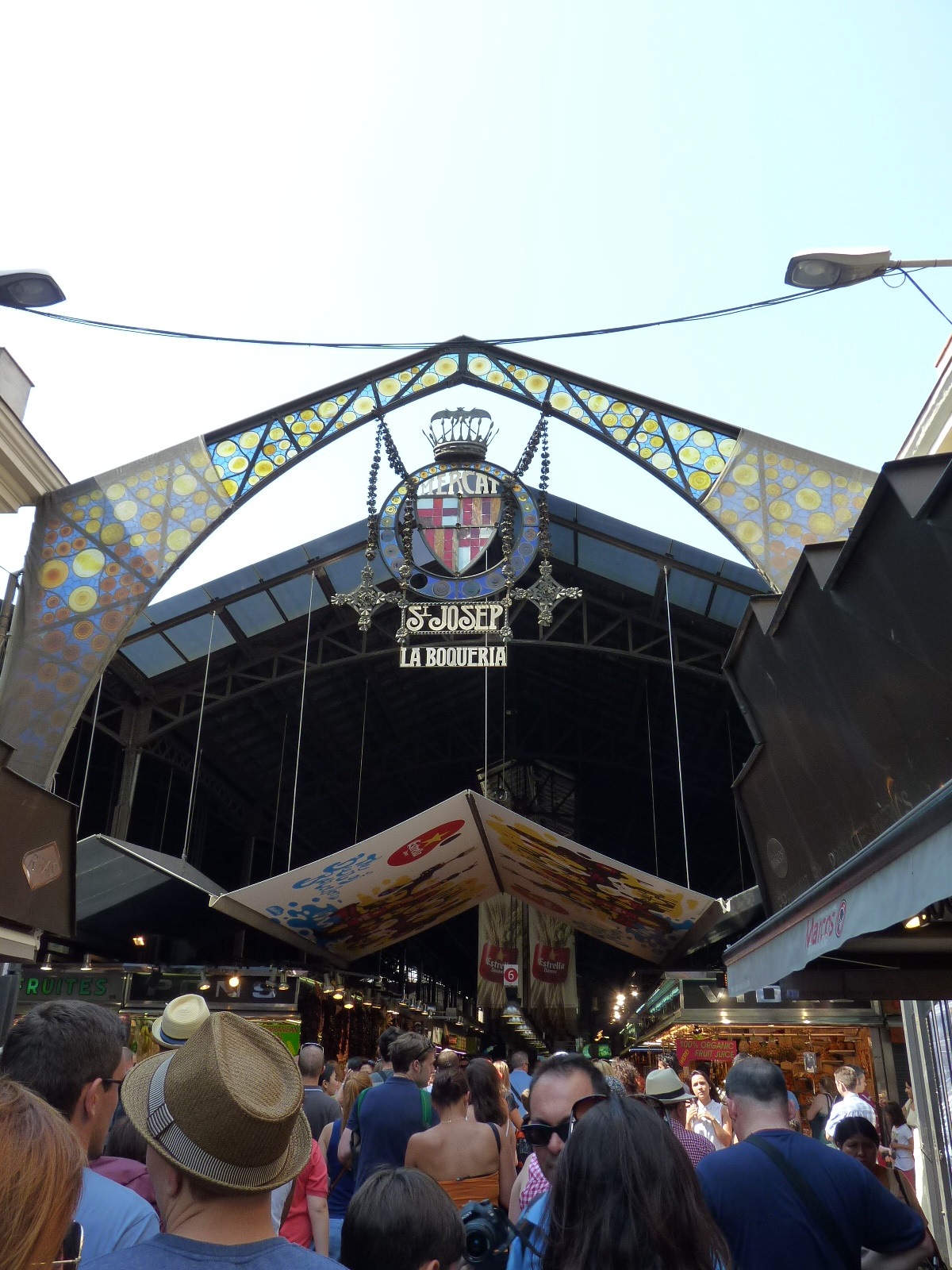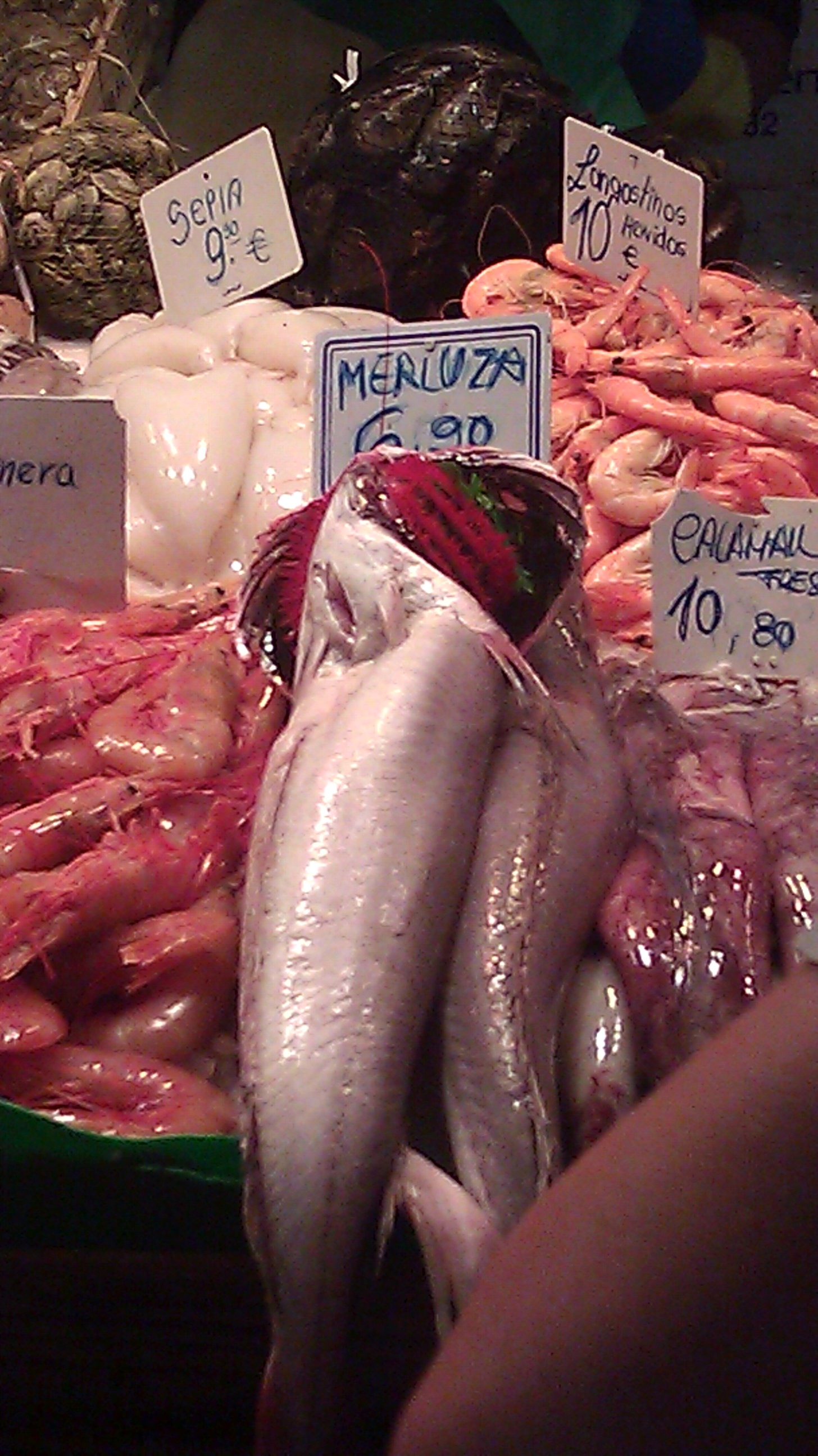The other day Jon and I had the opportunity to trade some work hours at the farm in order to spend the day exploring Umbria's capital city, Perugia, Italy. Aside from today (at the time of writing) it's been a bit rainy, so working out in the gardens hasn't been the most enticing prospect. Our hosts are both artists and arts lovers and carry a museum card, which meant we could spend the majority of our time, aside from general exploration, visiting Perugia's many museums and indoor highlights.
Perugia is old - for lack of better words. Many of its foundations are from the Etruscan times (Roman Iron Age 1-400 AD). In the early 14th century it became an academic and artistic center - with the founding of the University of Perugia. It attracted both artists and scholars, including the painter Pietro Vannucci, nicknamed Perugino, who was the teacher of Raphael (thank you wikipedia!). Although Raphael's paintings have been moved elsewhere you can still see his fresco in a small church. We seem to be destined not to actually see any of Raphael's work, because we happened to make it to said small church right as it closed for lunch. Booo.
Thanks to our hosts' museum card, we did however get an intense dose of medieval and renaissance art - that which we've dubbed 'god art' - at the National Gallery of Umbria. There's no getting around it since at this time the only people with money to commission art were in the church, or noble/wealthy people that wanted blessings and so forth in their home. It's, of course, beautiful, but after an entire museum of it we were really excited about the one contemporary sculpture installation in the entrance of the museum. I shouldn't minimize this artwork - it's important in its place in art history. The frescos are truly beautiful and the fact that they've survived is even more amazing. Also the fact that so many interior surfaces were covered in frescos is mind-boggling to me.
Our next stop after the Gallery took us to the Cathedral, which is beautiful and also full of priceless works of art. But this was not the highlight church for us.
After the Cathedral we walked across the length of the city center, on the spine of the hill on which Perugia sits, to Piazza Italia, where we located the steps and escalators that take you beneath the surface to explore the incredible underground structure below Perugia - Rocca Paolina. Ancient cities with well preserved buildings on the surface always make me wonder what treasures lie underneath. Perugia is a singularly special place where you can wander through the medieval underground city and see what it might have been like. What is so impressive is how tall the ceilings and archways are, how they are tiered just like the city above ground, and how perfectly engineered it all is. It's one of the cooler things we've seen on this trip to be honest. Highly recommended.
Once we re-emerged we made our way back across the city to visit the Collegio del Cambio - the 14th century seat of the exchange guild. The beautiful wooden inlay interior reminded me of the inlay work we saw in Essouira, Morocco - but this was an entire room of intricately carved and decorated wooden facades. Beautiful.
We made a brief lunch stop of Porchetta (pronounced porketta) - herb stuffed whole roasted pig, cut in the thin slices on a fresh roll (with a bit of the cracklin - yum) - and continued wandering the winding streets and staircases of the city. We found the Raphael fresco, but as mentioned it was closed for lunch. There was so much else to see that we resigned ourselves again to come back another time.
We'd been told that the church of St Pietro was an incredible bastion of art so we huffed across the entire city to see it. Originally a 10th century monastery, it was central in Perugia until it was burned in the late 14th century (thank you again Wikipedia). In addition to the medieval-style botanic garden, the interior of the church is a floor to ceiling lesson in frescos and 15-16th century painting. It's stunning, with treasures from great renaissance painters at every glance. The fact that we also snuck in to the crypt made for a particularly exciting church visit. It always urks me that there are interesting places in old churches you're not supposed to go - it was time we took matters into our own hands.
Anyway, if you know renaissance art (which I don't really) you'll recognize the names of Perugino, Salimbani, Alfani, Reni and Vasari; all of whom are represented in this art-laiden place of worship. As a music person - I was also struck by the stunning wood-paneled choir and large format chant manuscript on display. Just being in this place transports you to another time.
Once we were transported back to the modern era, we were over due for a coffee and snack. I opted to try a canoli since - hey we're in Italy - but then quickly understood why our Sicilian host advised us we should never get canoli outside of Sicily. Now we know - not so good. But we made up for it with gelato later so don't worry about us. After walking back to the main square we were really quite tired and got a glass of wine to rest our feet. We had a couple more hours to kill before our ride came so the last of our Perugia visit was spent exploring the many beautiful and winding side streets.
Perugia is really an incredible city. I know I haven't seen really much of anything in Italy (Florence, Arezzo and Siena are coming later), but this city that is steeped in a rich artistic history is not to be missed. Plus, it's the home of the Eurochocolate Festival in October, and where the famous Italian Baci come from - so what's not to like?


